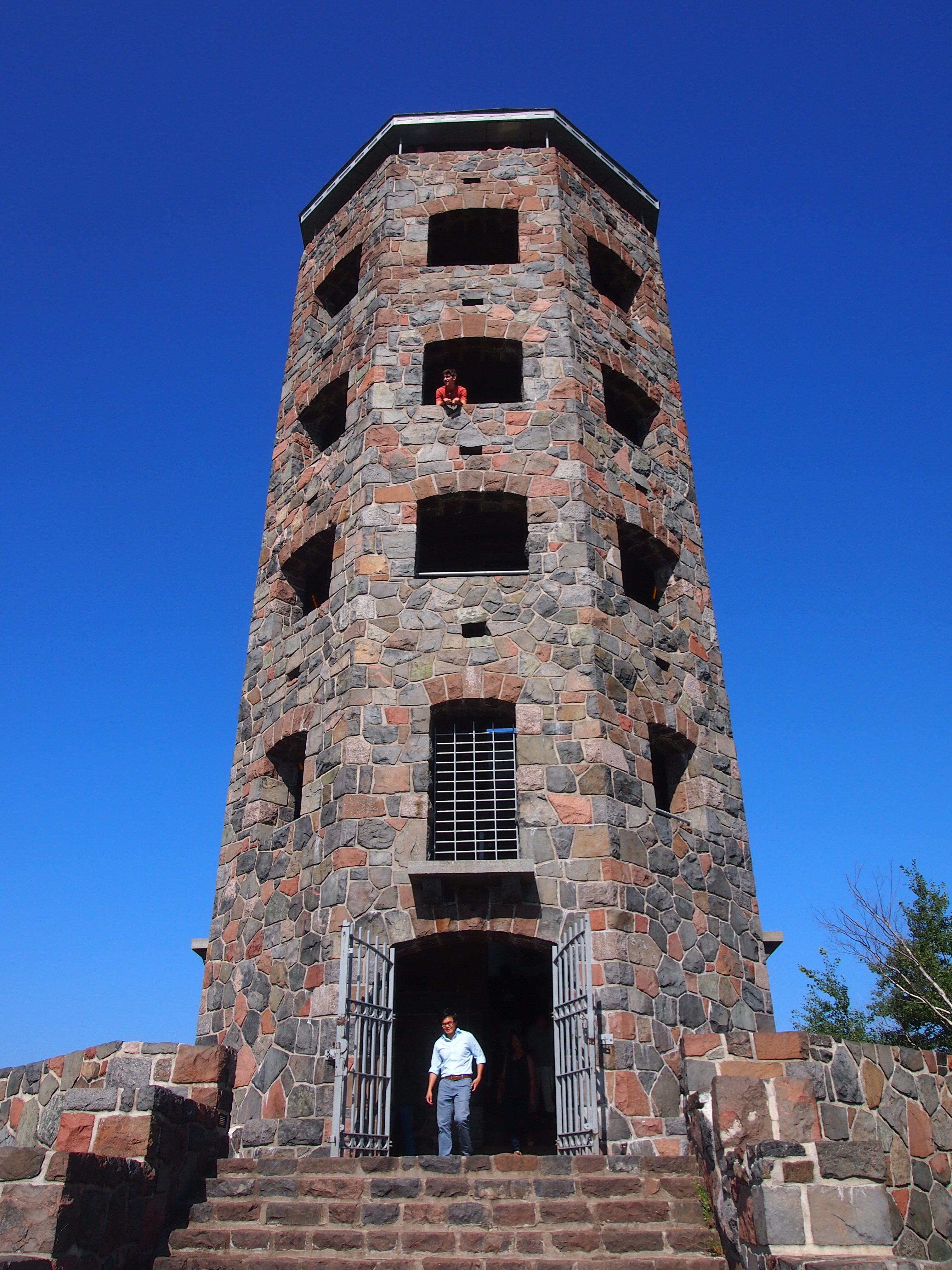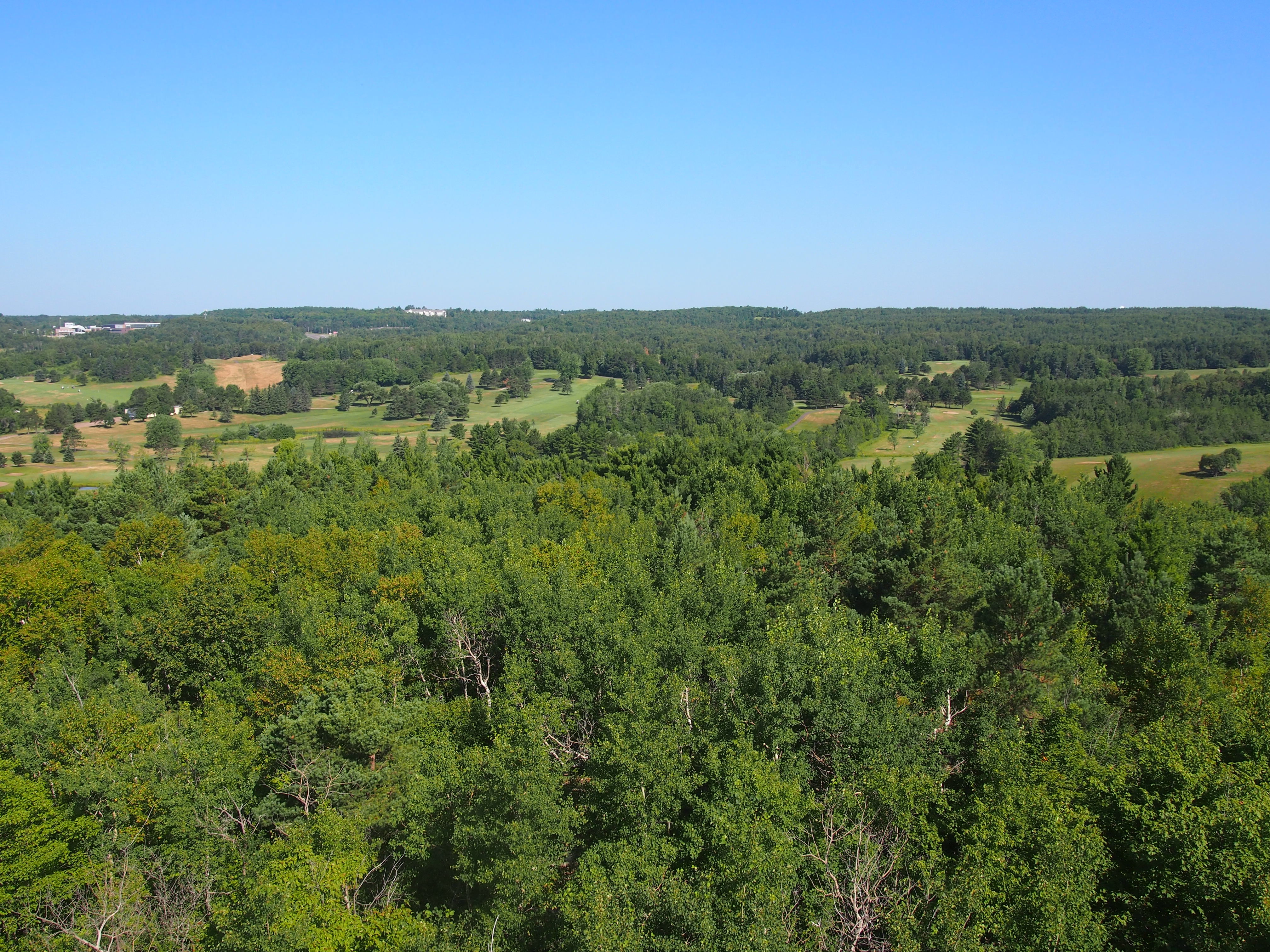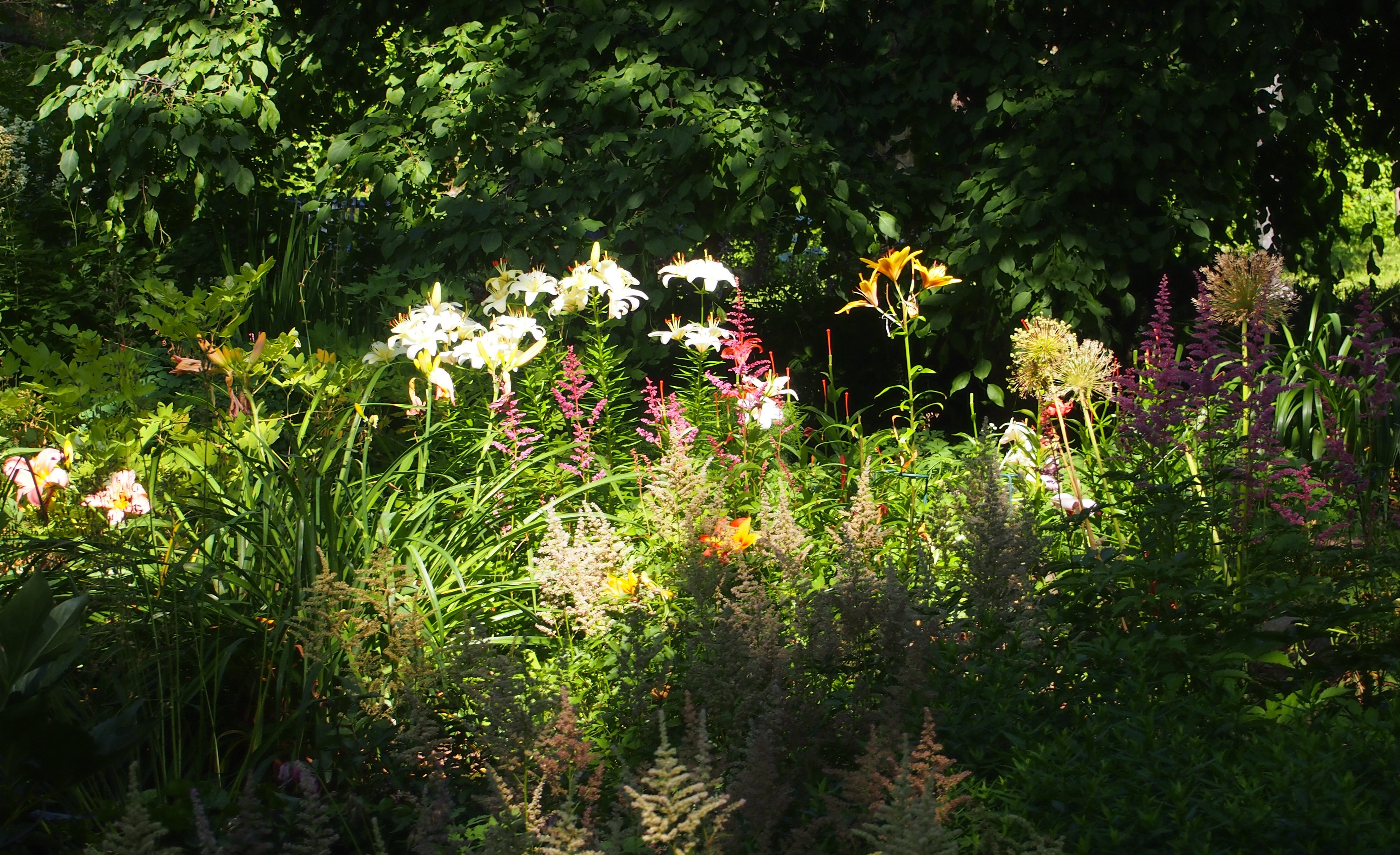Michigan State University, which we visited on Saturday, is almost as big as they come in academia, in enrollment and acreage. Tucked away on campus is the W.J. Beal Botanical Garden — and I mean that almost literally, since the garden occupies a five-acre, near-circular depression in the earth. You need to go down an outdoor staircase to reach it.
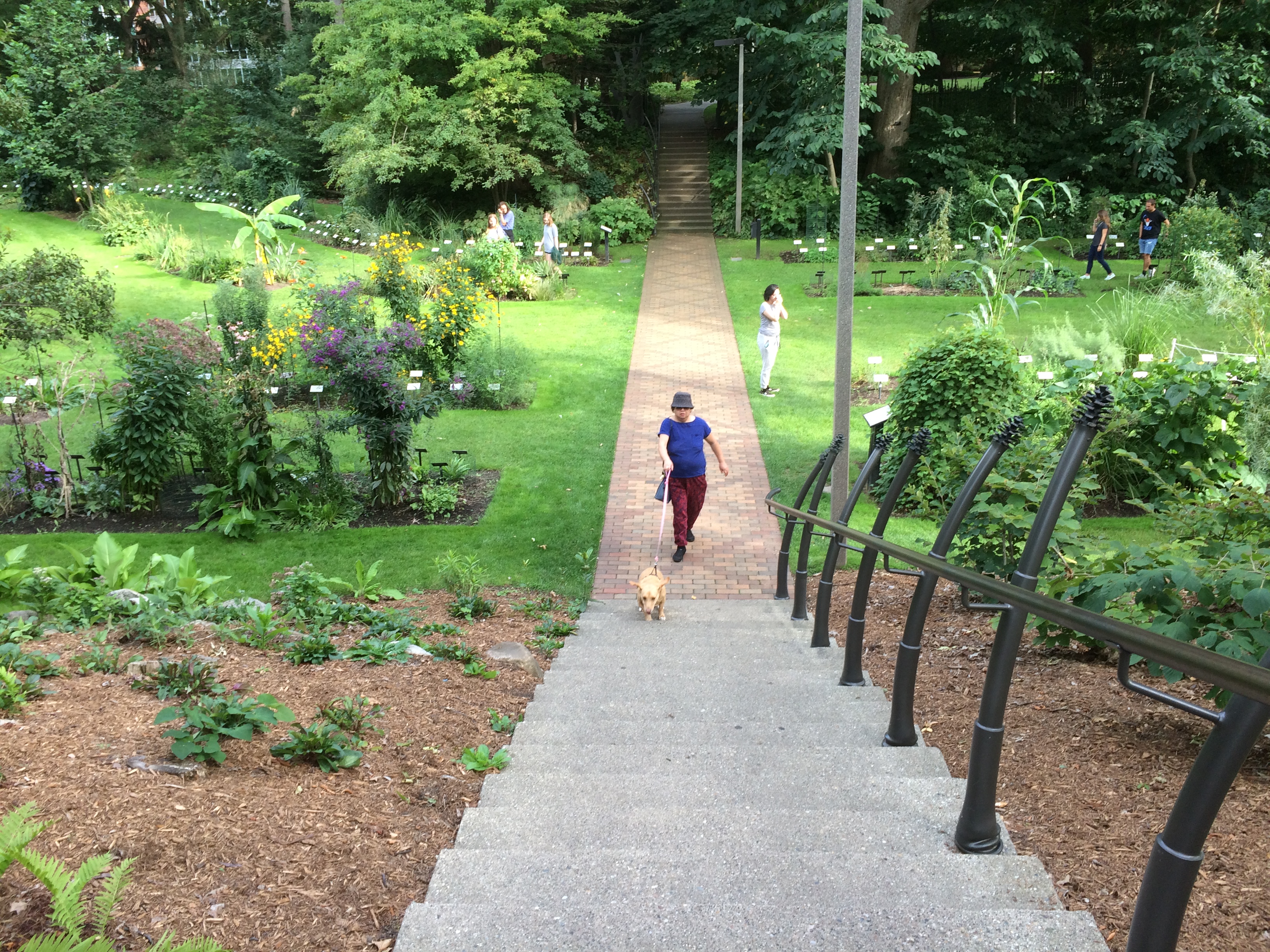
The garden is meticulously organized. I’ve never seen a botanical garden so thoroughly arrayed by categories important to botanists (and the rest of us, if you care about the difference between, say, edible plants and poisonous ones).
Long curving and straight beds separated by a fair amount of grass form the basis of the garden.

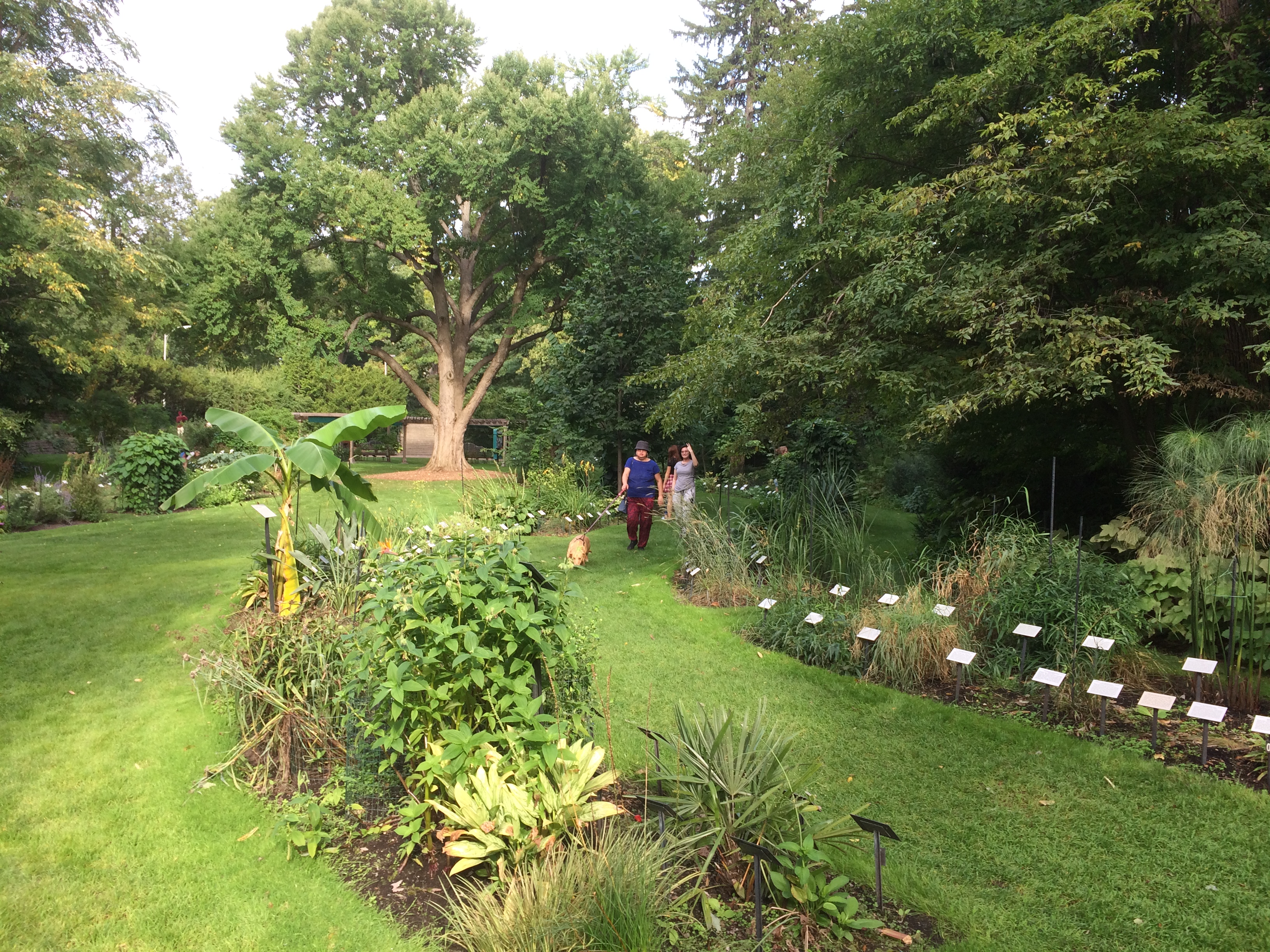
 Each bed belongs to a category of plant. According to a sign posted in the garden, categories include perfume plants, fiber plants, dye plants, fixed oil plants, honey plants, flavoring plants, injurious plants, indigenous American plants, weeds, vegetables, grains and medicinal plants. There are also geographic categories: Southeast U.S. forest, European forest, northern Michigan, southern Michigan, and so on.
Each bed belongs to a category of plant. According to a sign posted in the garden, categories include perfume plants, fiber plants, dye plants, fixed oil plants, honey plants, flavoring plants, injurious plants, indigenous American plants, weeds, vegetables, grains and medicinal plants. There are also geographic categories: Southeast U.S. forest, European forest, northern Michigan, southern Michigan, and so on.
“This garden,” the sign says, “functions as an outdoor laboratory, a repository of plant genetics, a resource for research and teaching, and a place for the community to appreciate the beauty and biology of plants. There are over 2,500 plants in the labeled beds alone… established in 1873, this is one of the oldest continually operated gardens of its kind in the United States.”
The place wows with variety. I have to like a garden that includes weeds on purpose. Such as the weedy-looking Cardoon.
 Among the medicinal plants, there’s belladonna, though I would have thought it went in the injurious category.
Among the medicinal plants, there’s belladonna, though I would have thought it went in the injurious category.
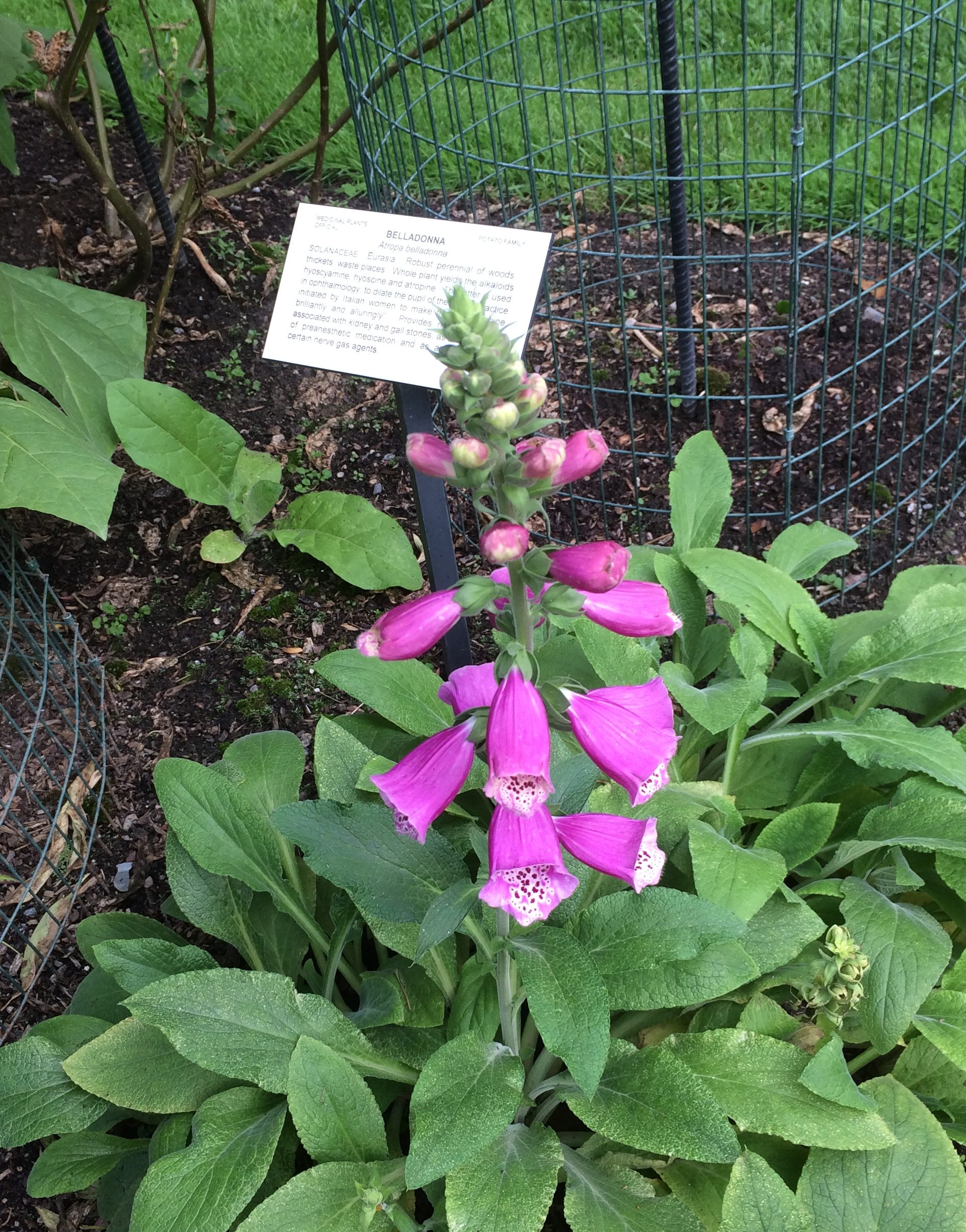 Injurious plants, according to the garden, include mechanically injurious (guess that would be by thorns and such), milk-tainting, those that inspire hay fever and contact dermatitis, cyanogenic and poisonous seed, among others.
Injurious plants, according to the garden, include mechanically injurious (guess that would be by thorns and such), milk-tainting, those that inspire hay fever and contact dermatitis, cyanogenic and poisonous seed, among others.
One handsome plant I’d never heard of before — there are a lot of those in the world — was the Princess Tree (Paulownia tomentosa).
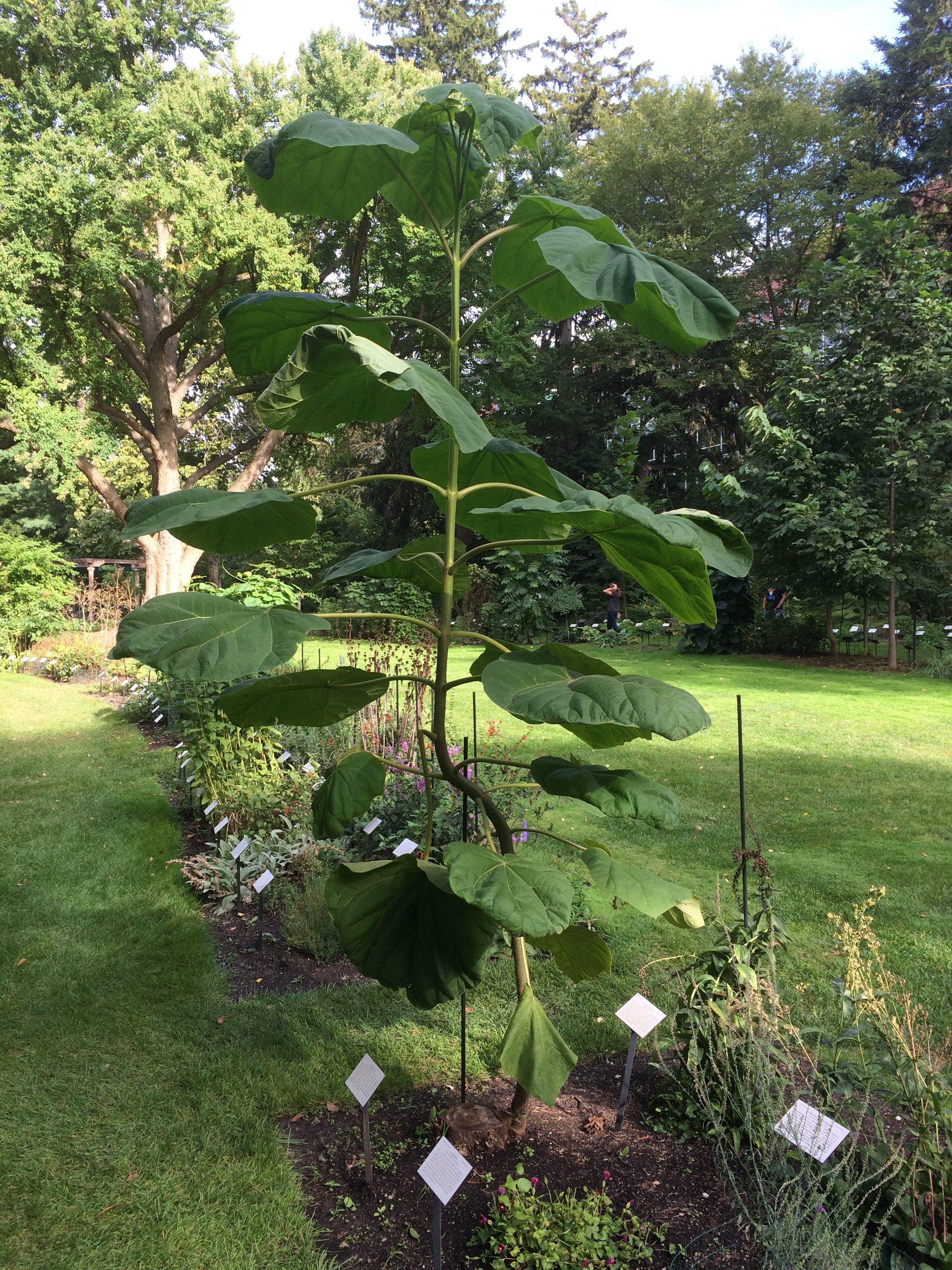 On Sunday, we visited two gardens, both in Midland. One was the compact but a-bloom Dahlia Hill, which sports about 3,000 dahlia plants arranged on eight stone terraces. According to the garden, there are over 300 varieties of dahlias there, with an example of each variety planted and labeled along gravel pathways.
On Sunday, we visited two gardens, both in Midland. One was the compact but a-bloom Dahlia Hill, which sports about 3,000 dahlia plants arranged on eight stone terraces. According to the garden, there are over 300 varieties of dahlias there, with an example of each variety planted and labeled along gravel pathways.

 A local artist and dahlia enthusiast, Charles Breed (d. 2018), founded the garden in 1992 and oversaw its terracing some years later to control erosion.
A local artist and dahlia enthusiast, Charles Breed (d. 2018), founded the garden in 1992 and oversaw its terracing some years later to control erosion.
Dahlias are another example of I-had-no-idea-that. As in, that there are so many varieties. Who knew? Not me.
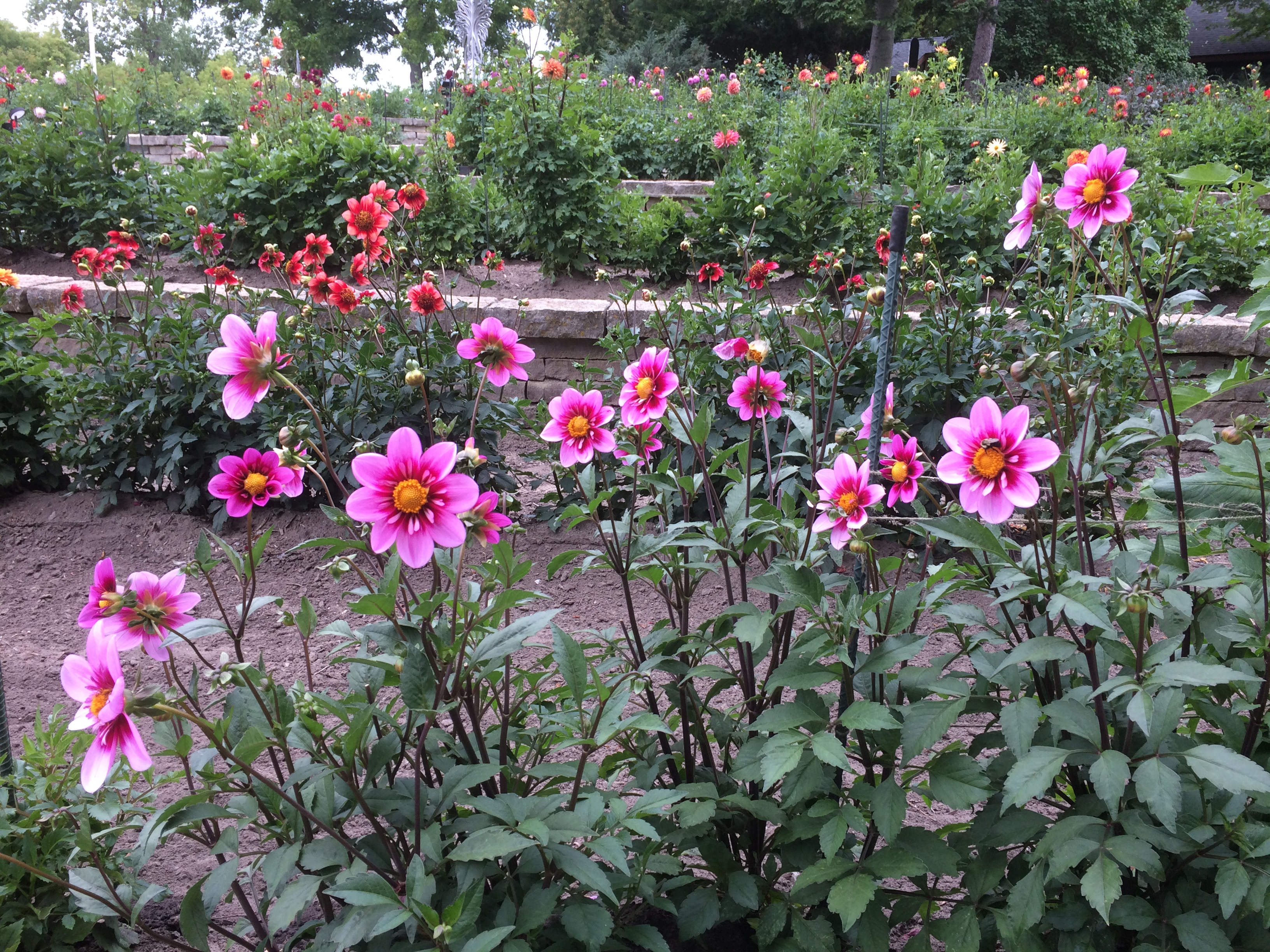
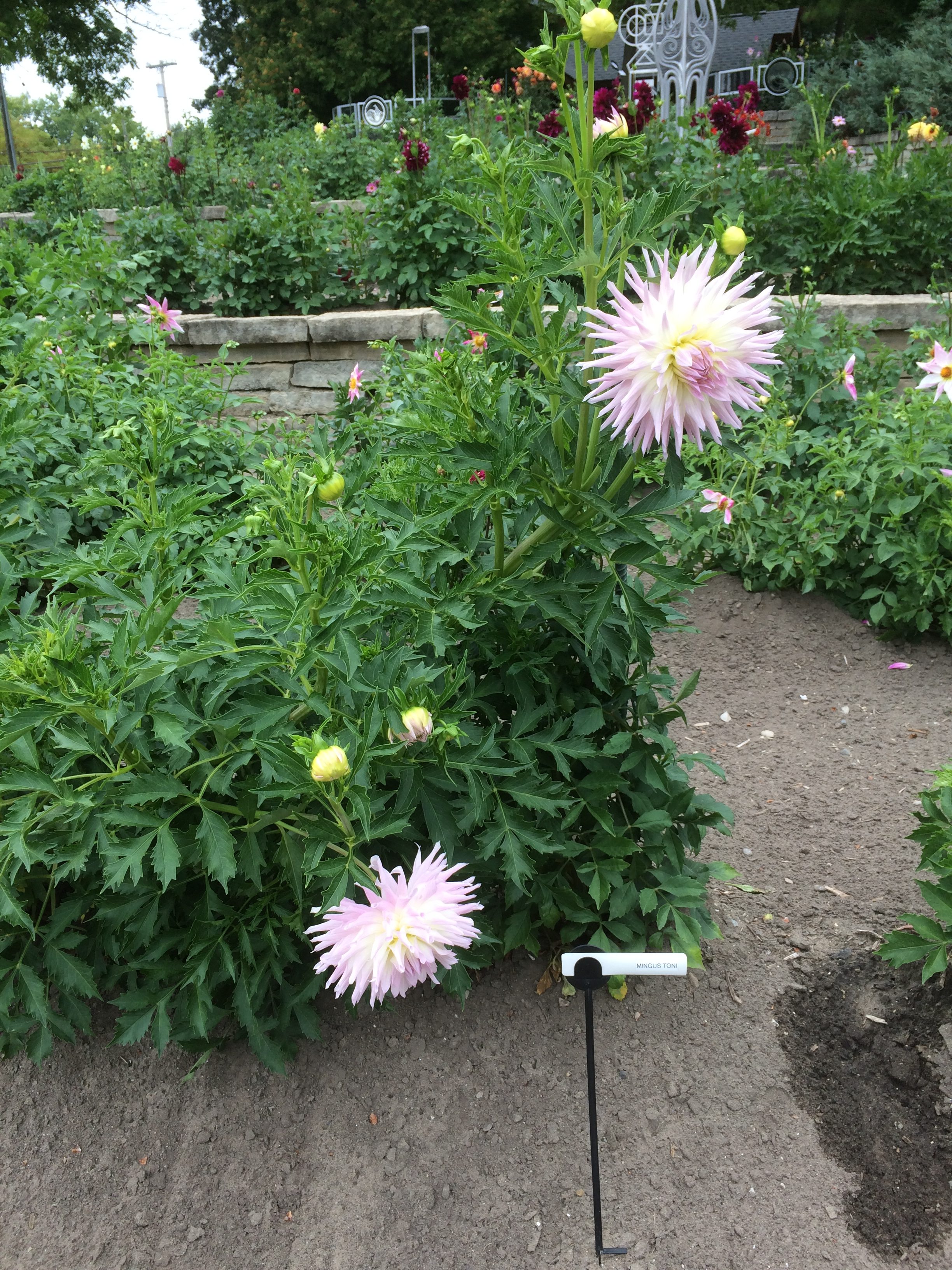
 No Black Dahlias that I could see. Some wag of a horticulturist might have bred such.
No Black Dahlias that I could see. Some wag of a horticulturist might have bred such.
We visited the big Dow Gardens separately, Yuriko and Ann first, then me, since ordinary dogs aren’t allowed in.
 I spent about two hours there under overcast skies that always threatened rain but seldom even drizzled. That must have kept the crowds away. For minutes at a time, I was by myself on the large lawns and among the countless trees, passing by lush bushes and flower beds.
I spent about two hours there under overcast skies that always threatened rain but seldom even drizzled. That must have kept the crowds away. For minutes at a time, I was by myself on the large lawns and among the countless trees, passing by lush bushes and flower beds.

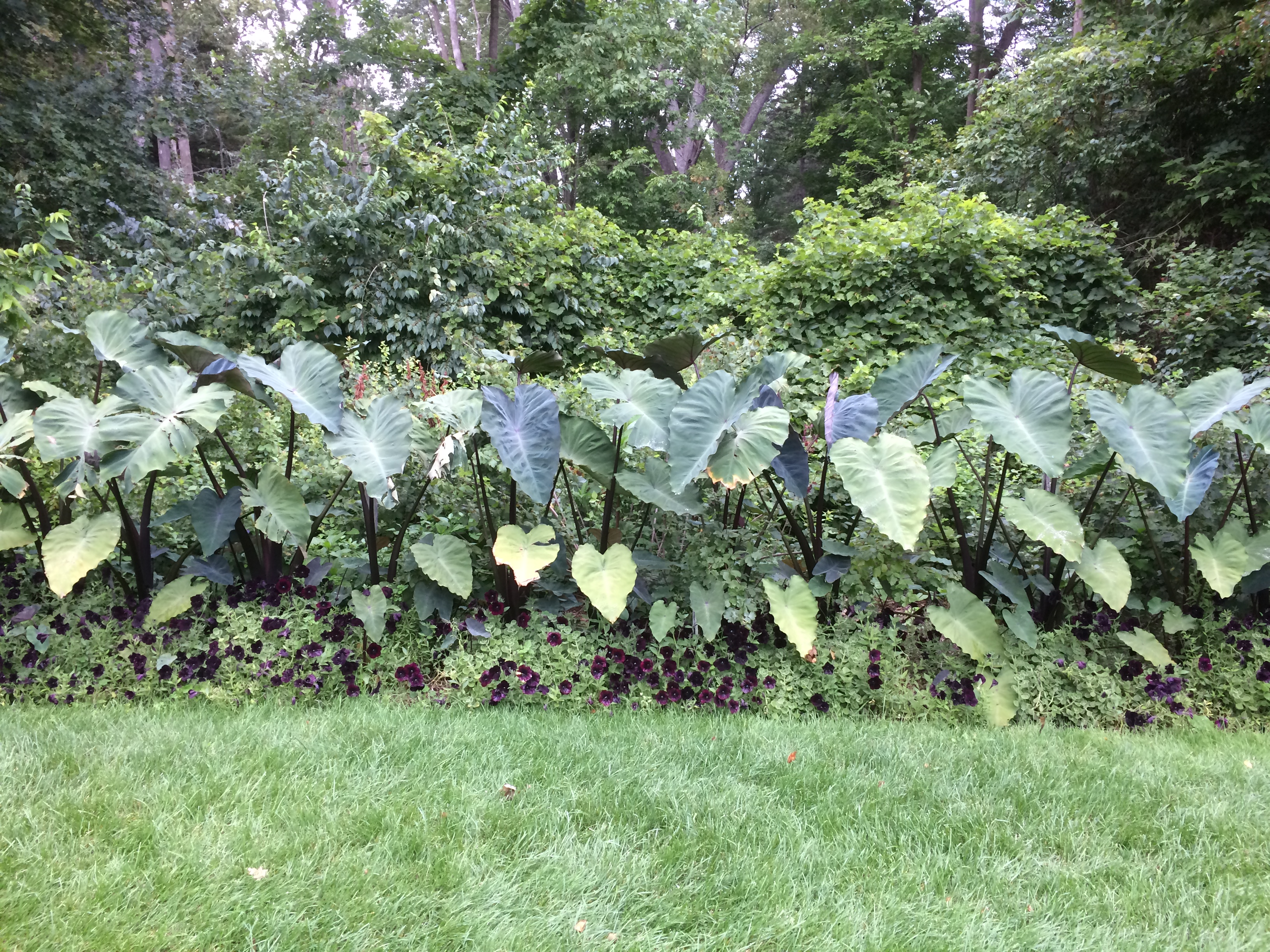
 Water features figure prominently in the garden’s design.
Water features figure prominently in the garden’s design.


 All together there are 1,700 varieties of plant in the garden suitable for cultivation in central Michigan. Now at 110 acres, the garden started out as a private eight-acre garden of chemical mogul Herbert Dow, founder of Dow Chemical. Later generations of Dows enlarged the place and set up the foundation that runs it now.
All together there are 1,700 varieties of plant in the garden suitable for cultivation in central Michigan. Now at 110 acres, the garden started out as a private eight-acre garden of chemical mogul Herbert Dow, founder of Dow Chemical. Later generations of Dows enlarged the place and set up the foundation that runs it now.
Dow has a fine rose garden, too.


 What do you do in a rose garden, whether you’ve been promised one or not? Stop and smell the roses, of course.
What do you do in a rose garden, whether you’ve been promised one or not? Stop and smell the roses, of course.
My own skills at gardening are meager, but I like a stroll through a well-executed garden. That’s no different than a lot of things. I can’t sing worth a damn, but I sure like listening to a good singer.
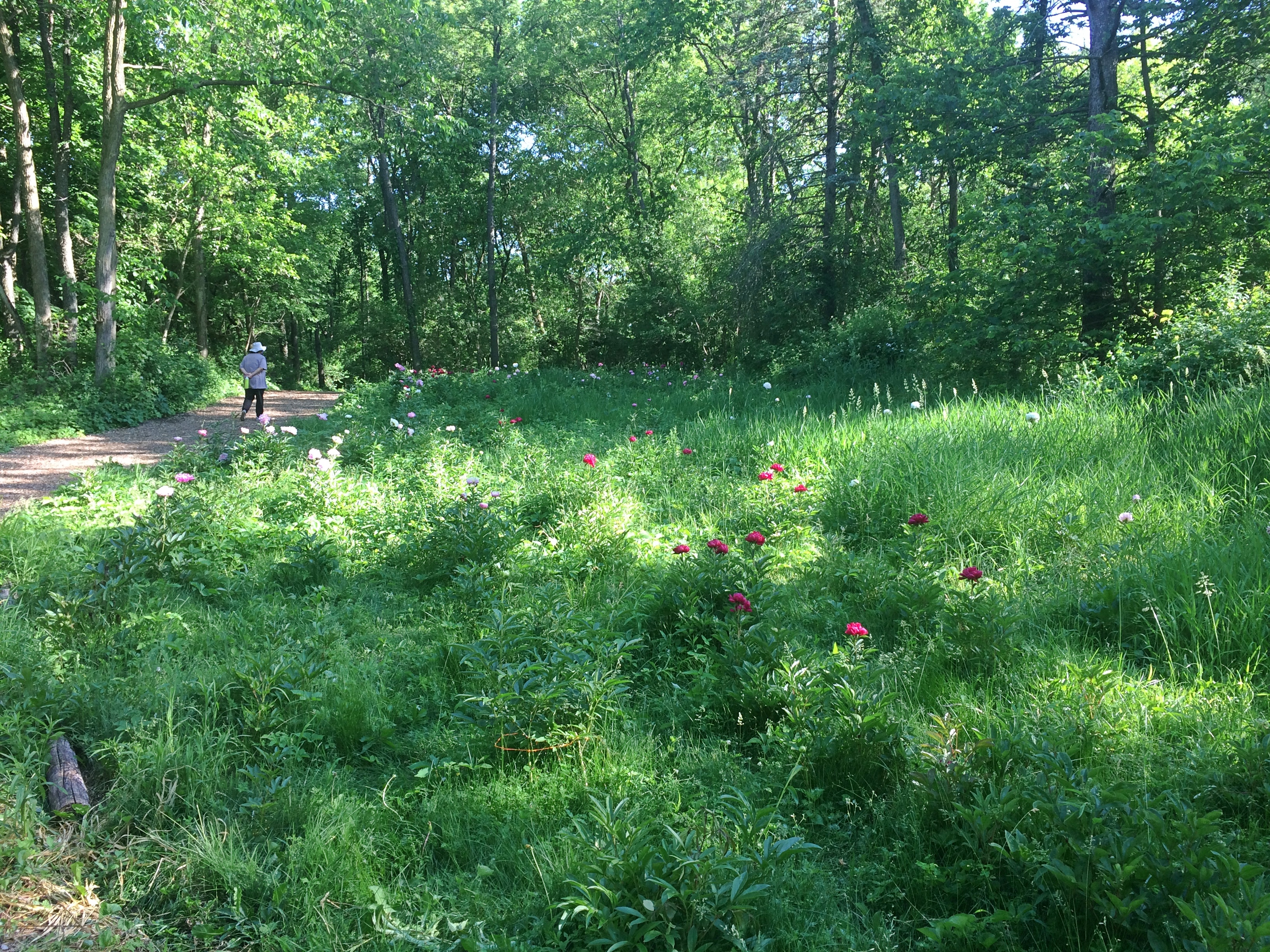
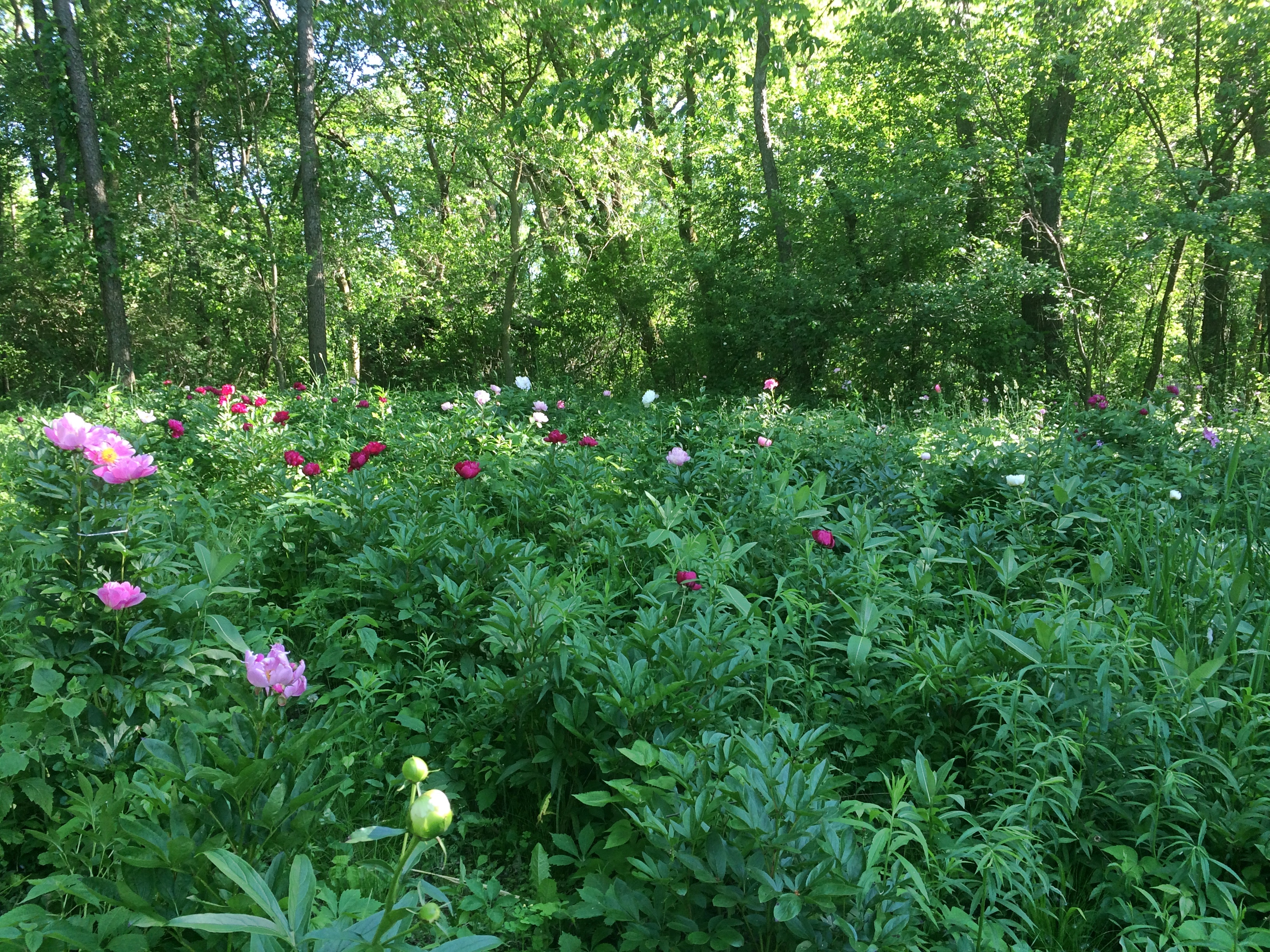
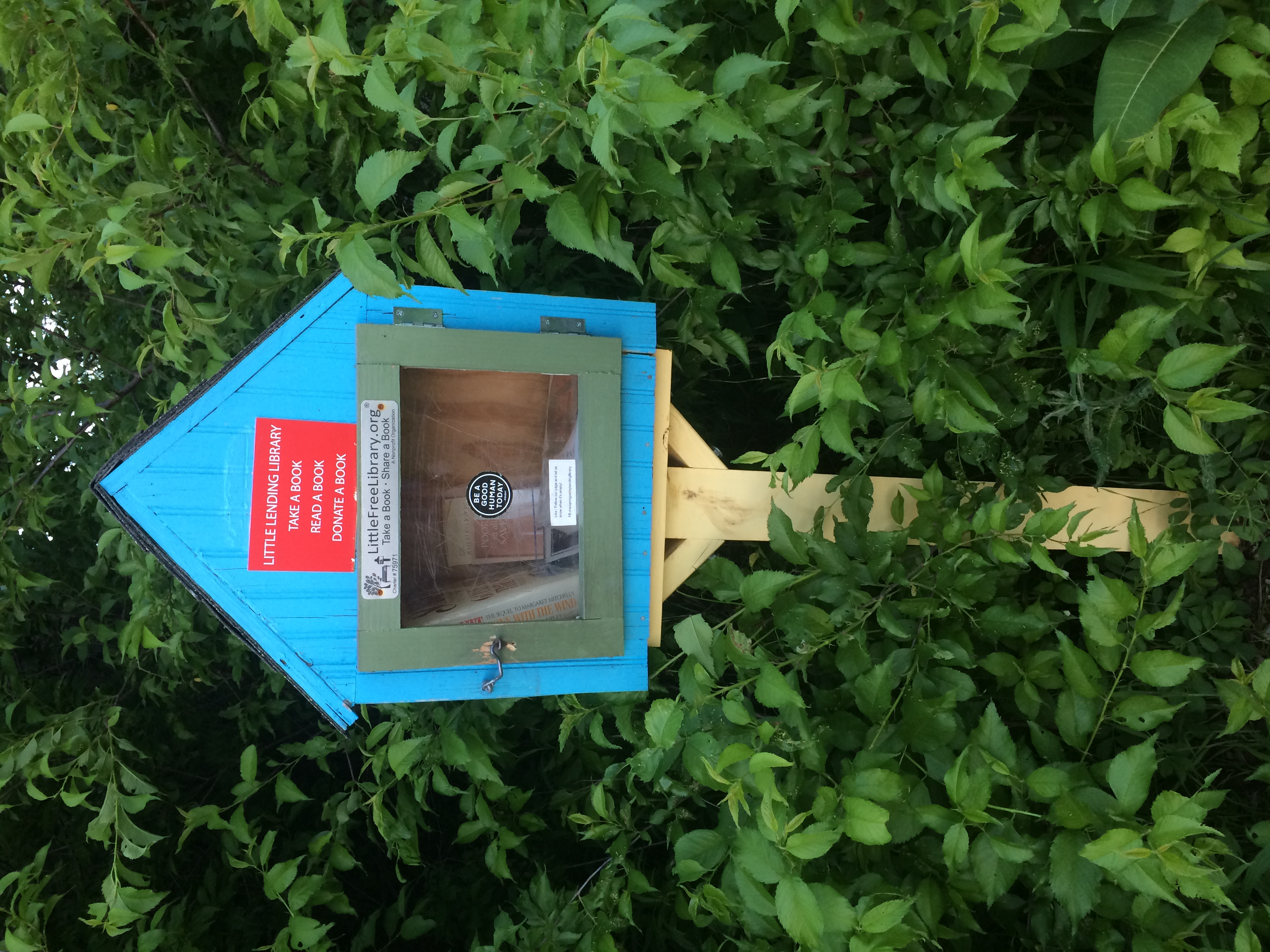 Not as full as the one on my street, but it had a few items, including a stack of booklets whose subject is Baha’i prayers. I took one for a look-see. In each are prayers for various occasions and situations, such as Aid and Assistance, Children, The Departed, Healing, Morning, Parents, Tests and Difficulties, and so on.
Not as full as the one on my street, but it had a few items, including a stack of booklets whose subject is Baha’i prayers. I took one for a look-see. In each are prayers for various occasions and situations, such as Aid and Assistance, Children, The Departed, Healing, Morning, Parents, Tests and Difficulties, and so on.


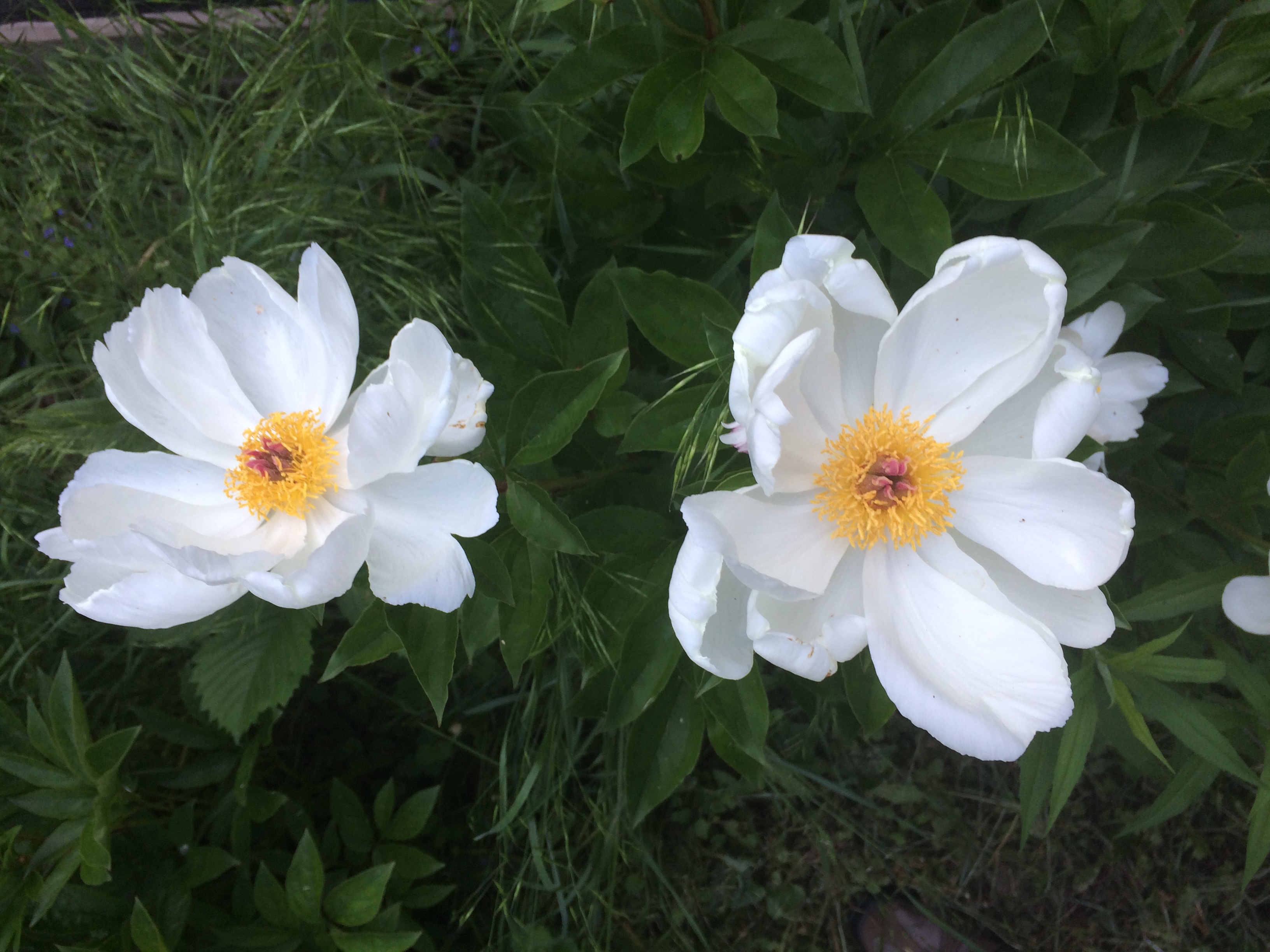


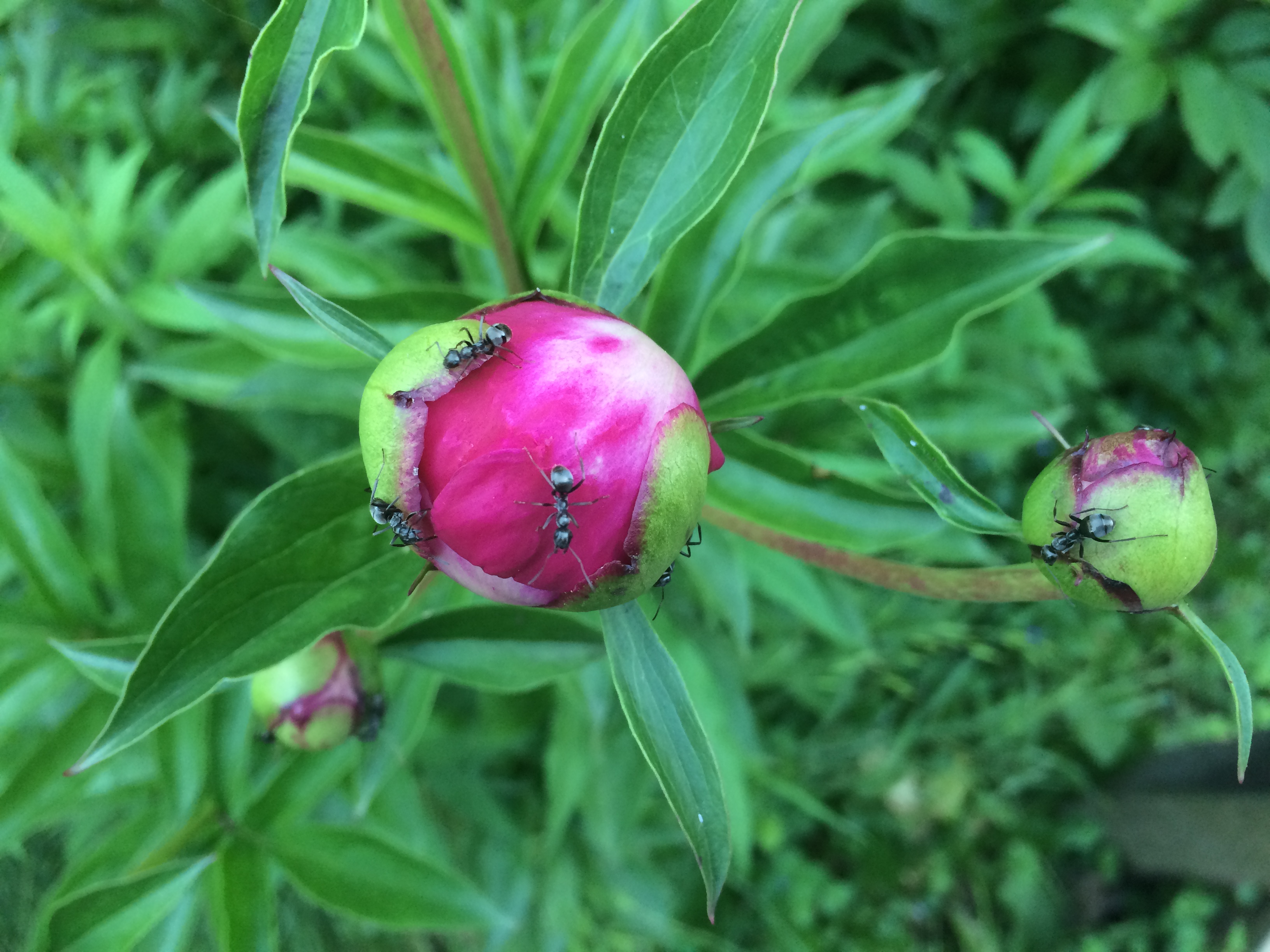

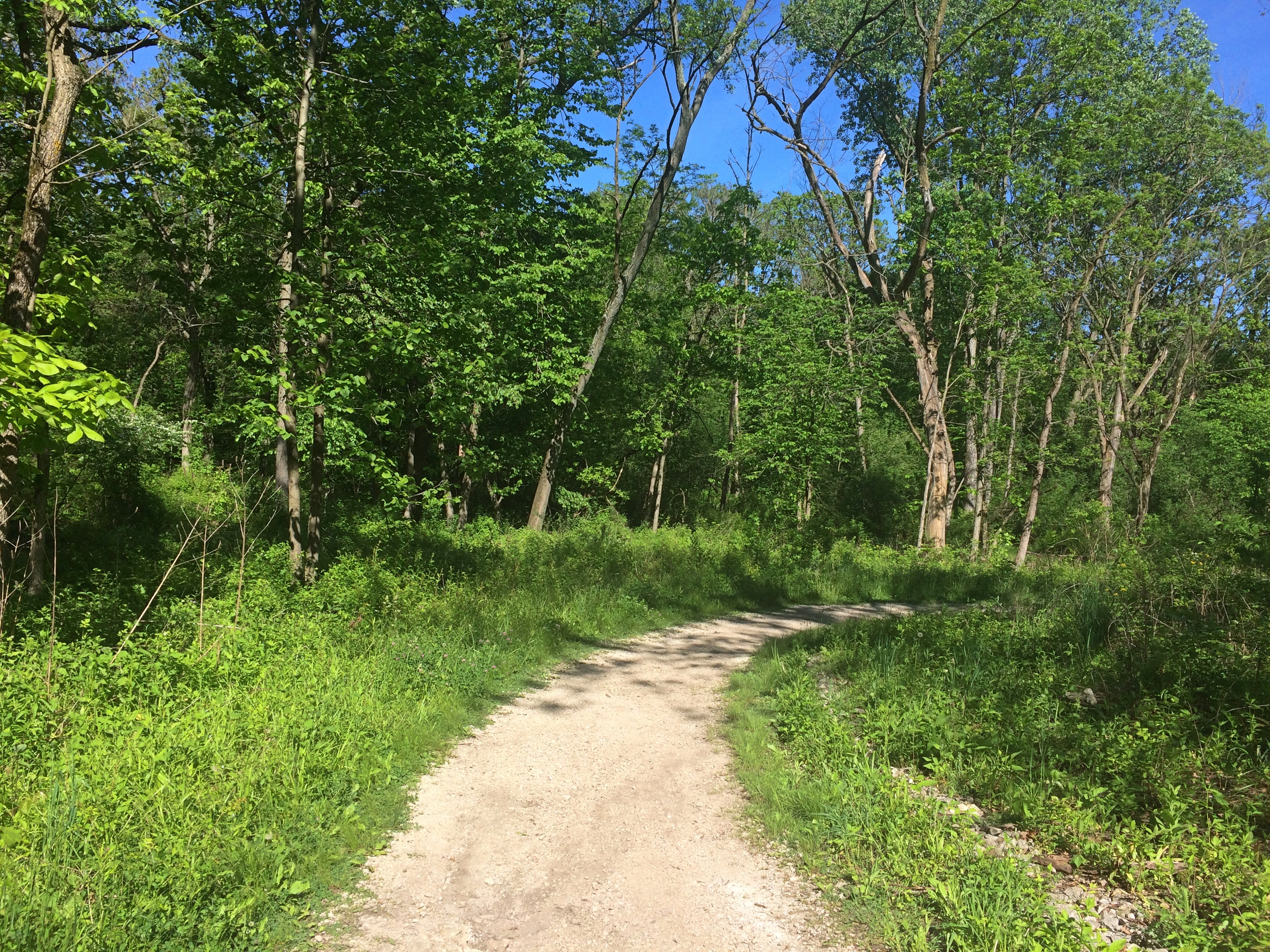

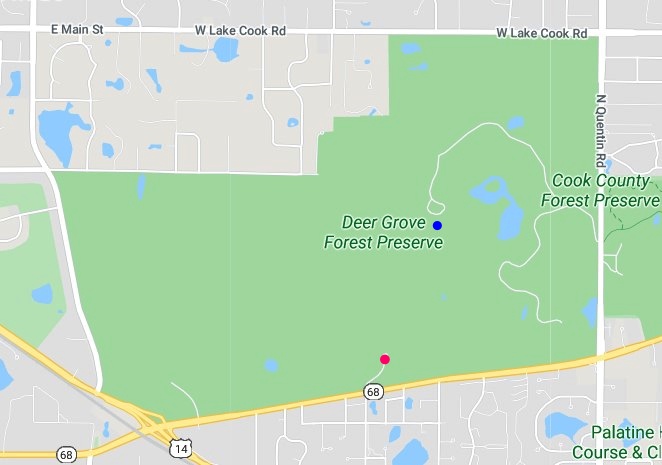
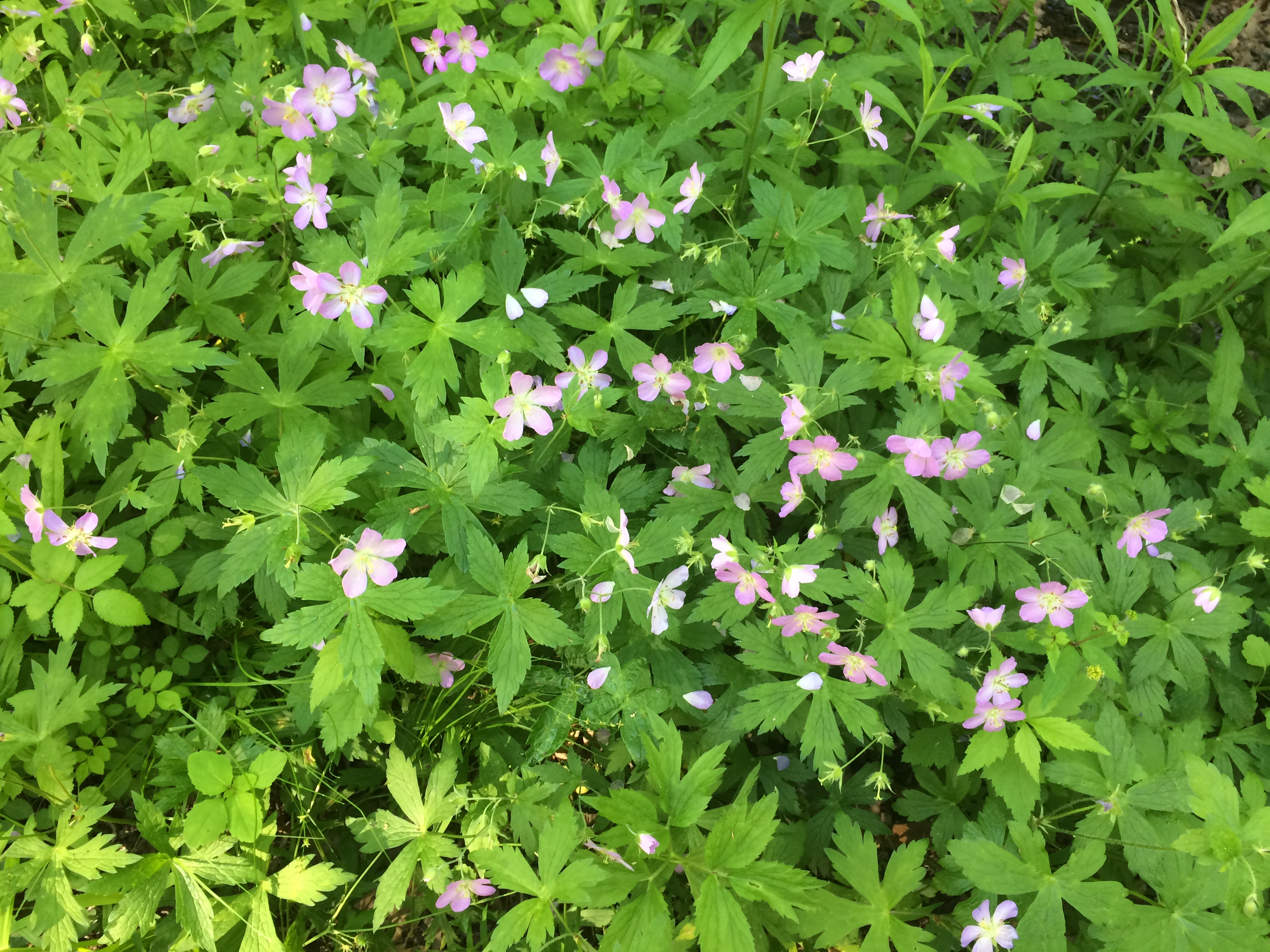
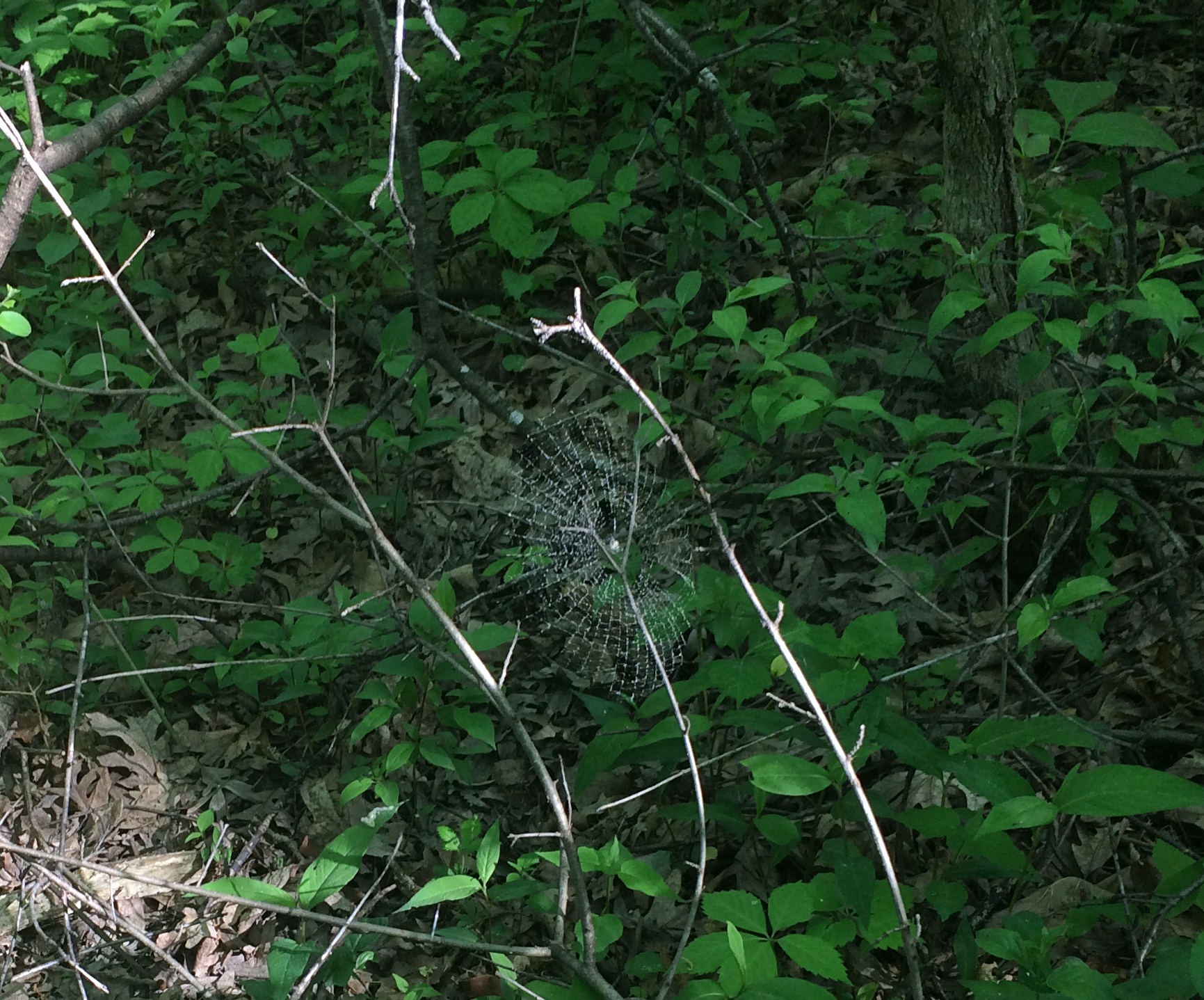
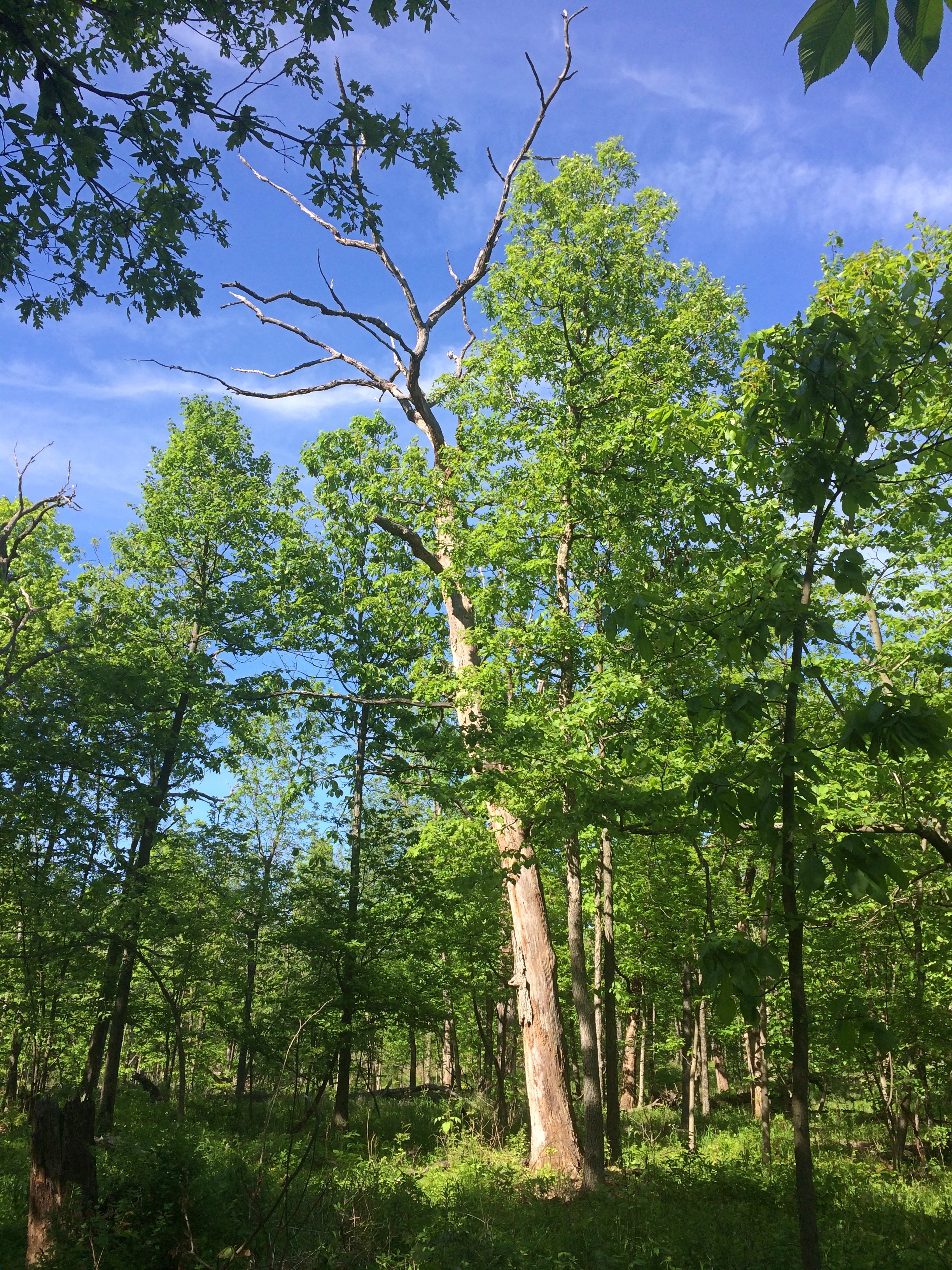

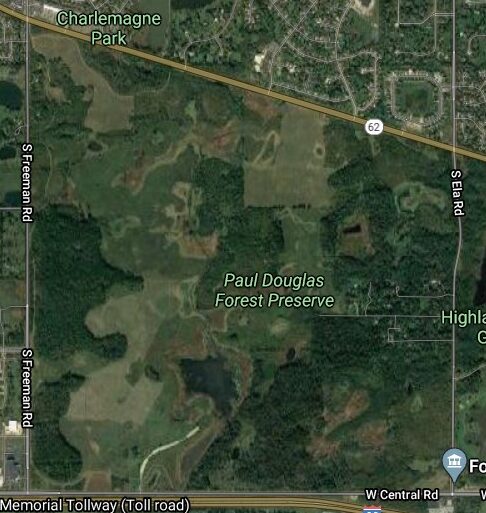
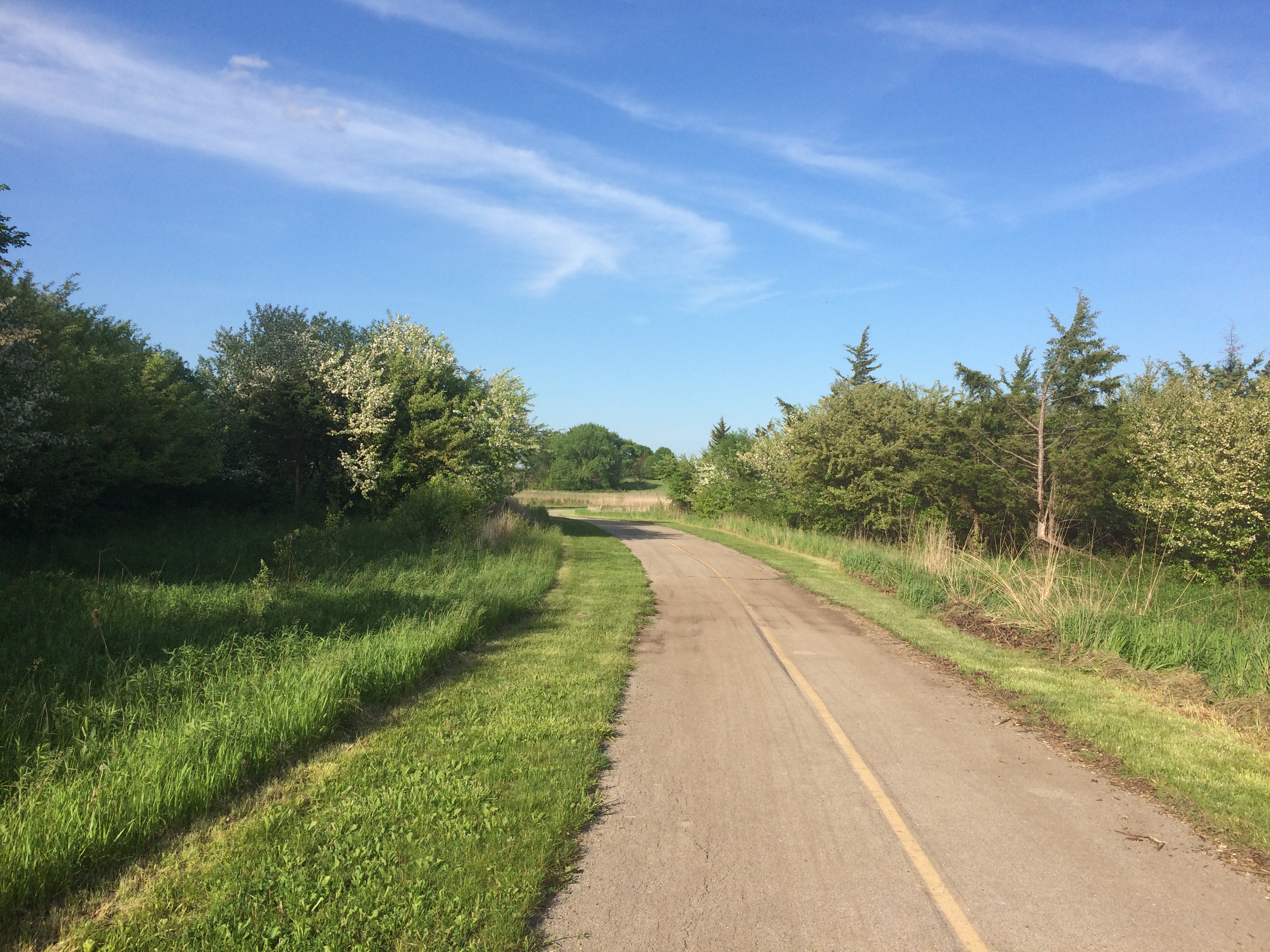
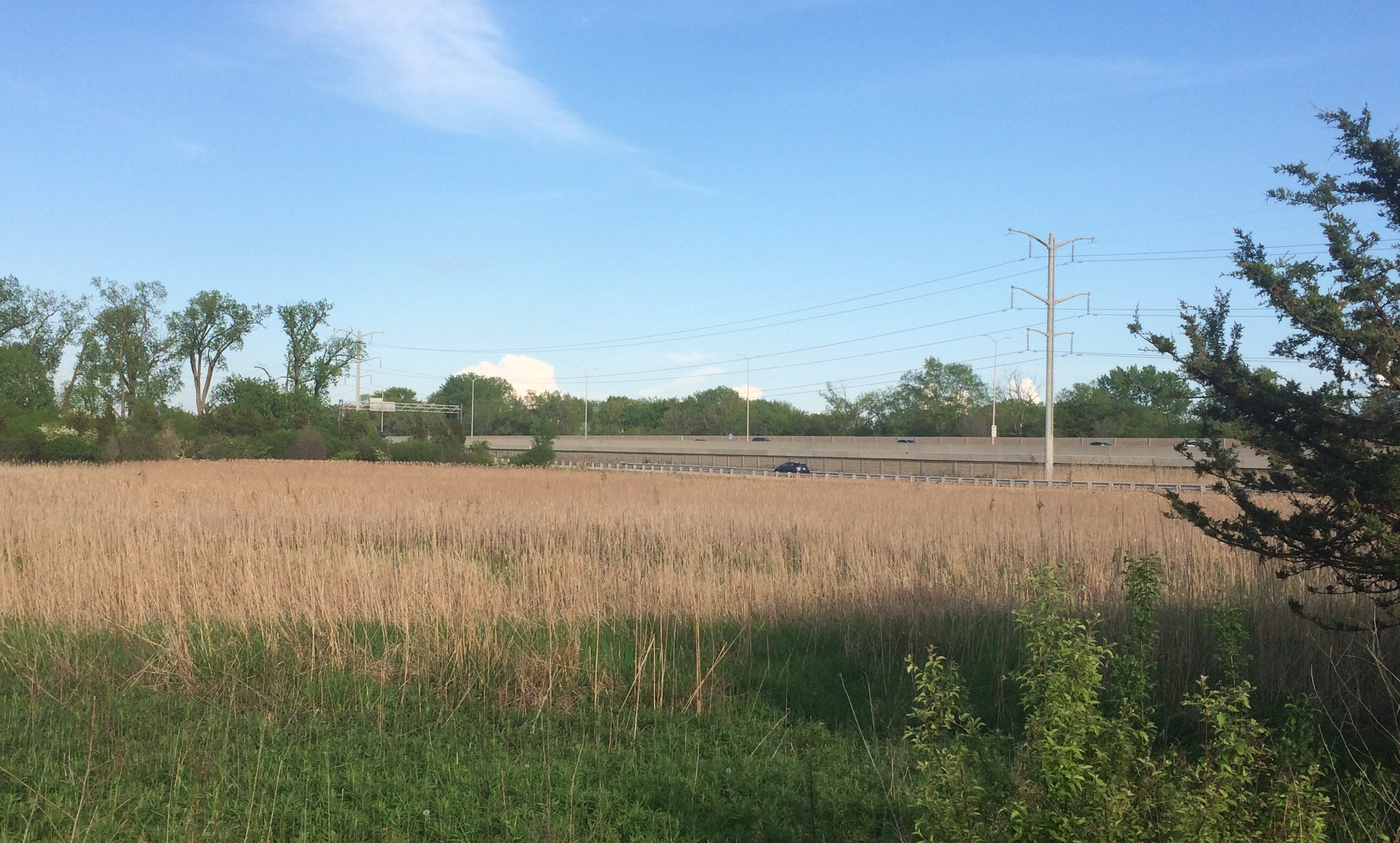
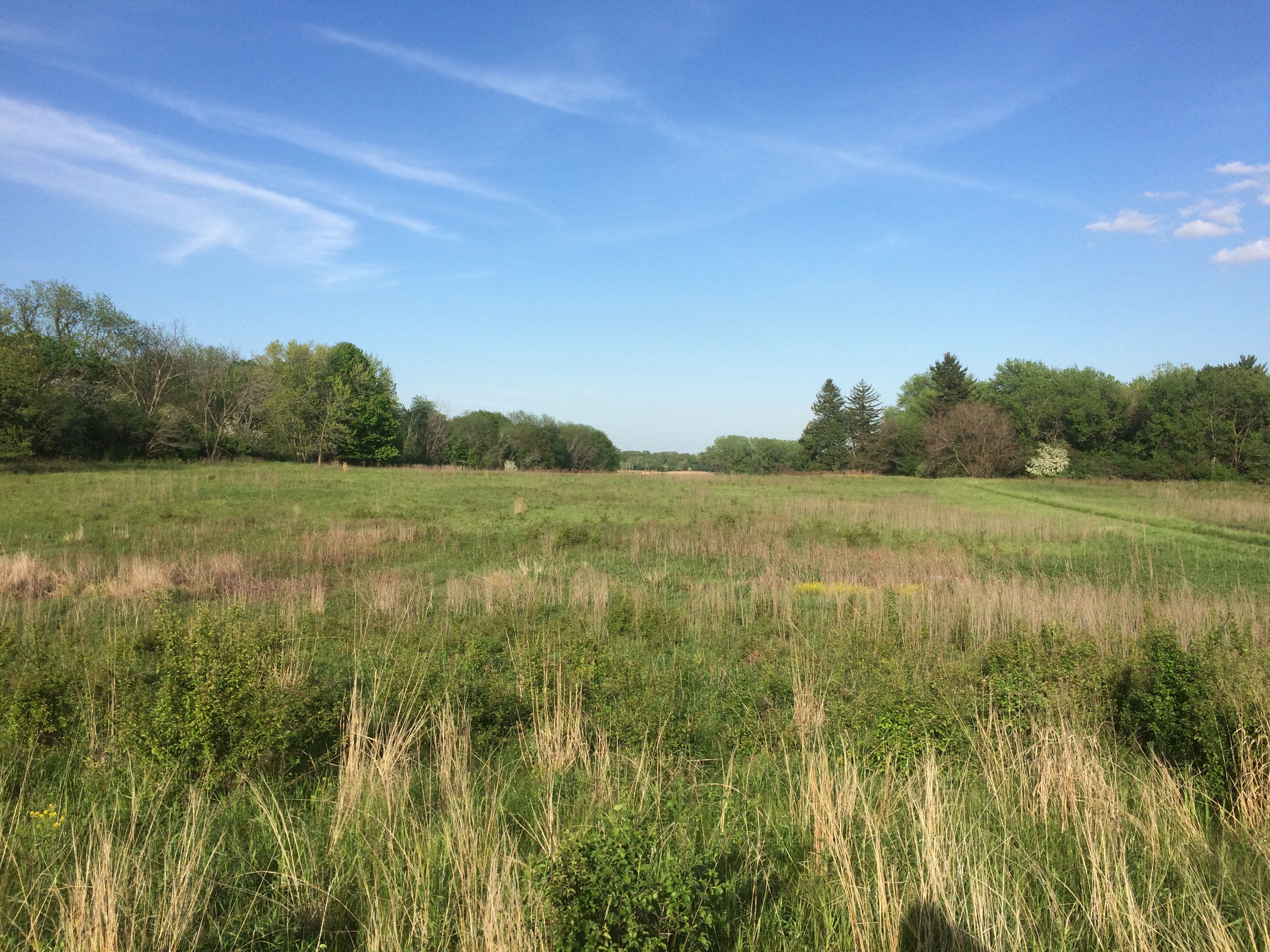
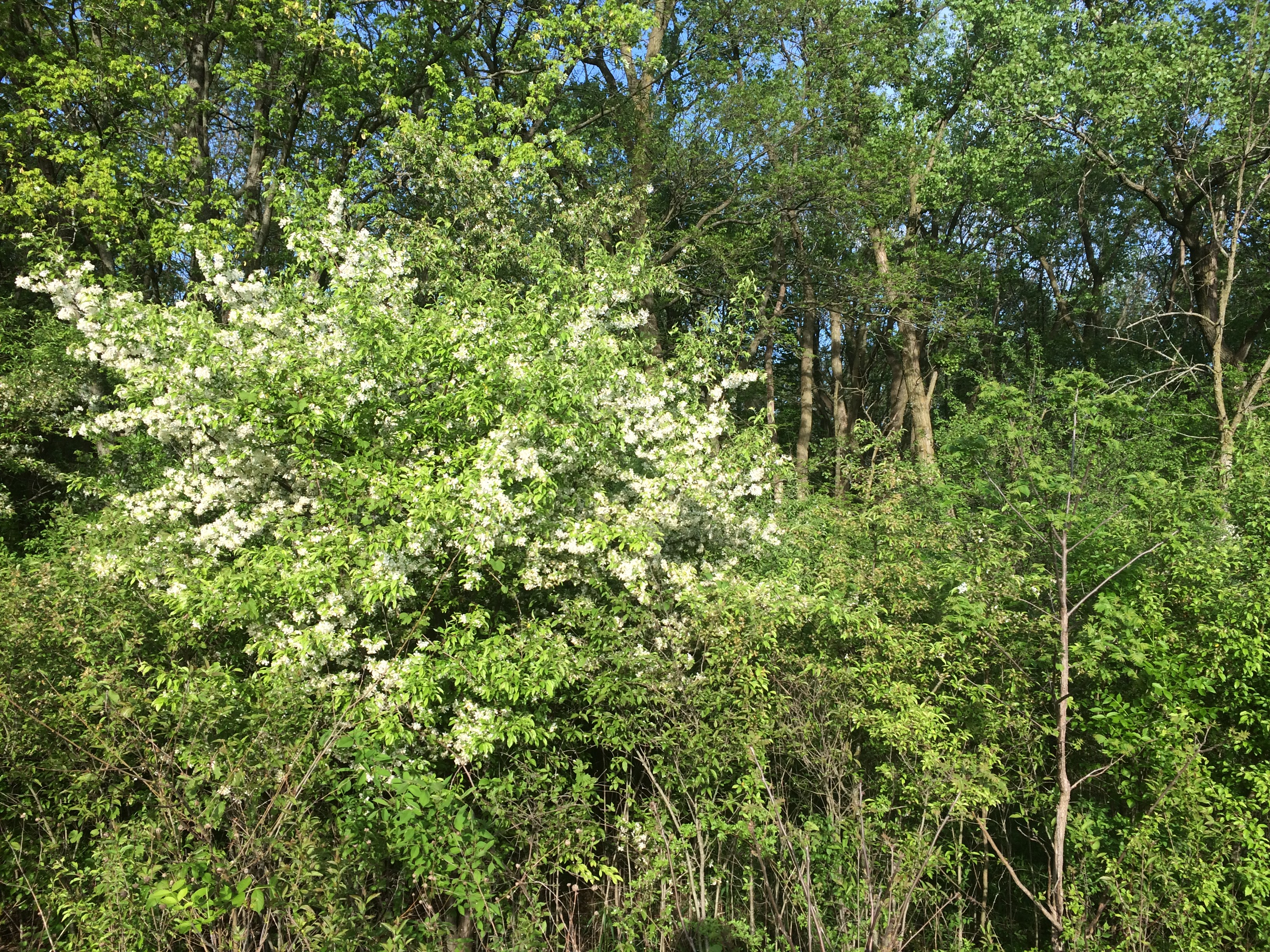

































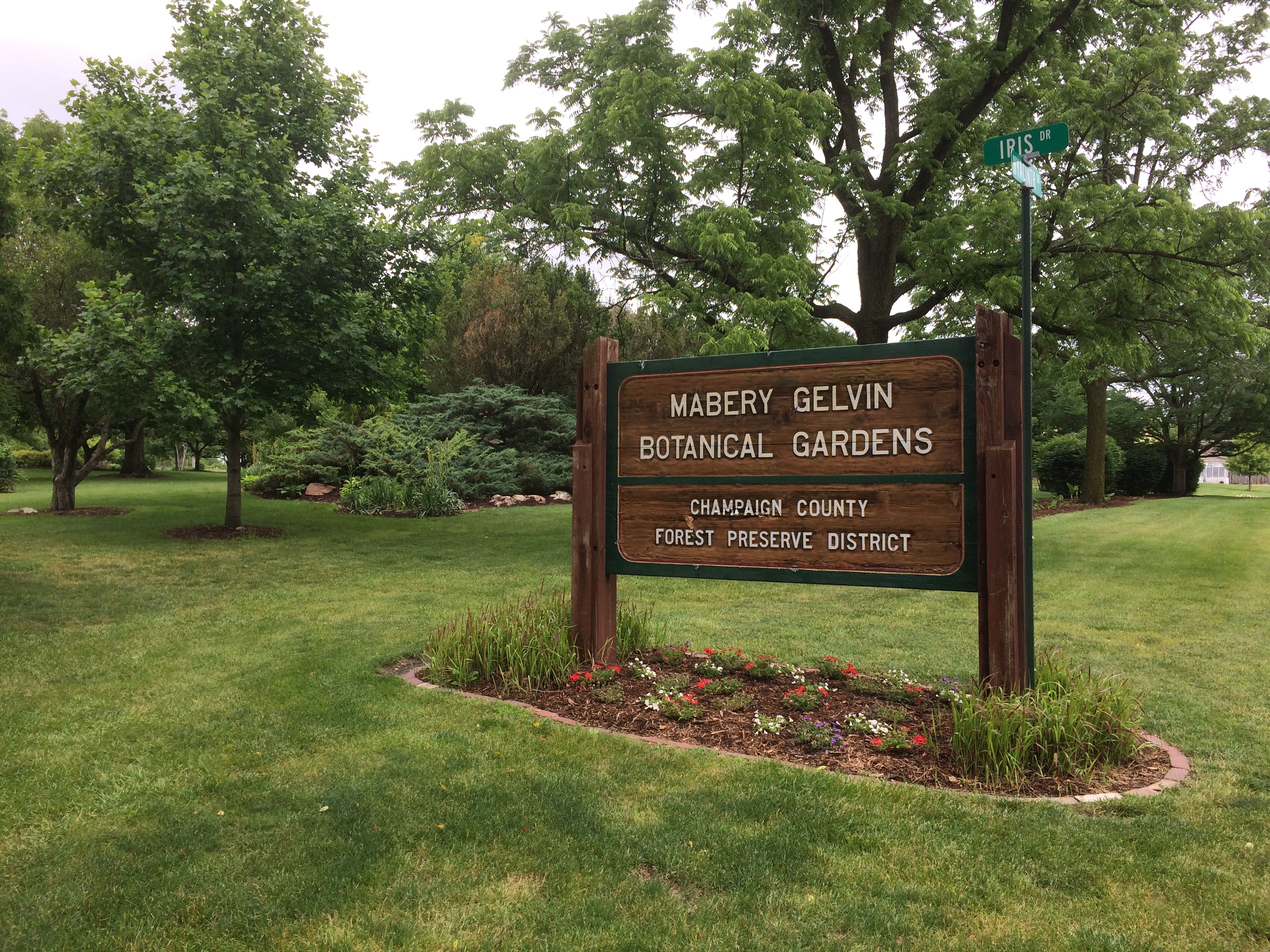
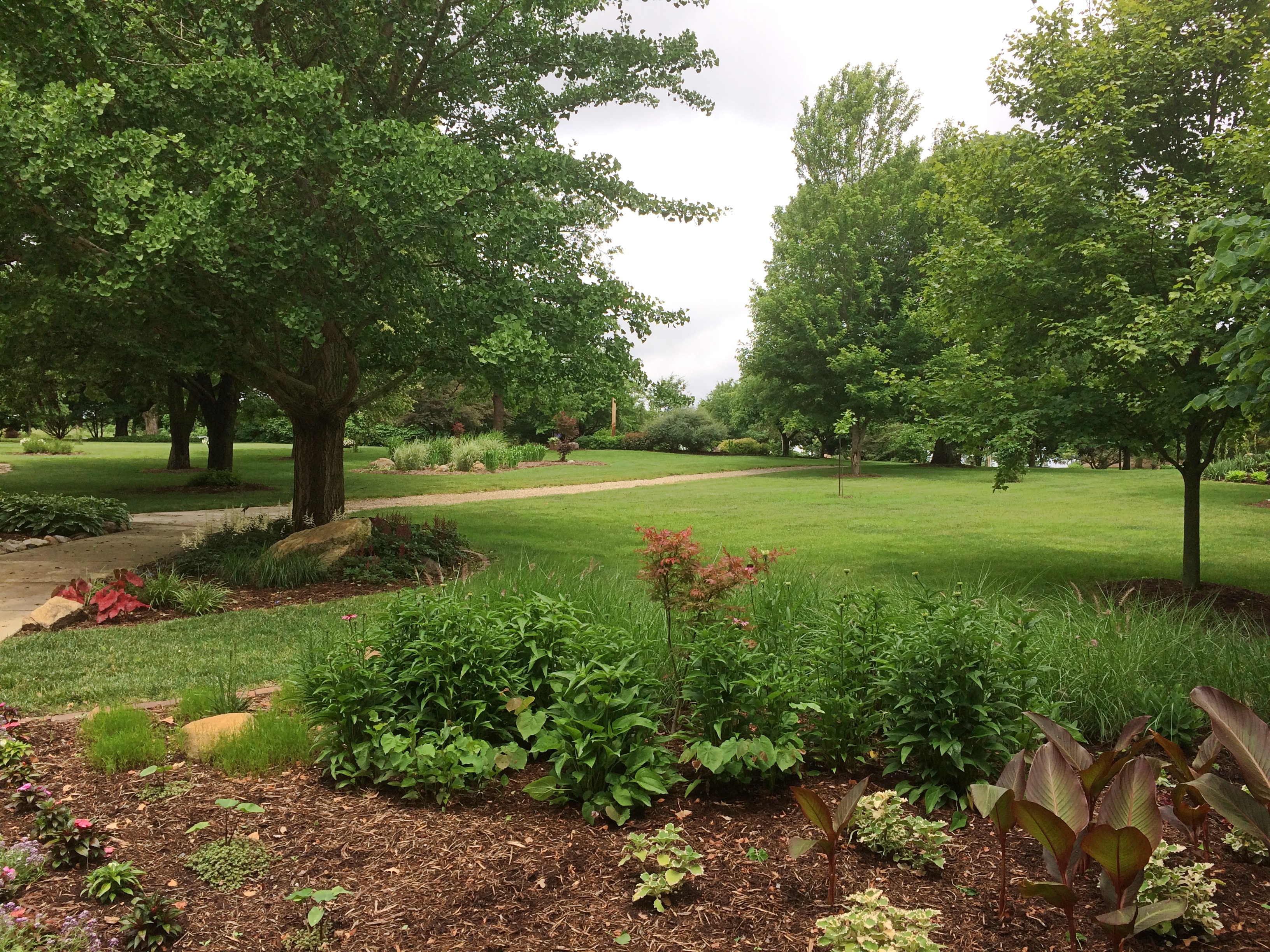
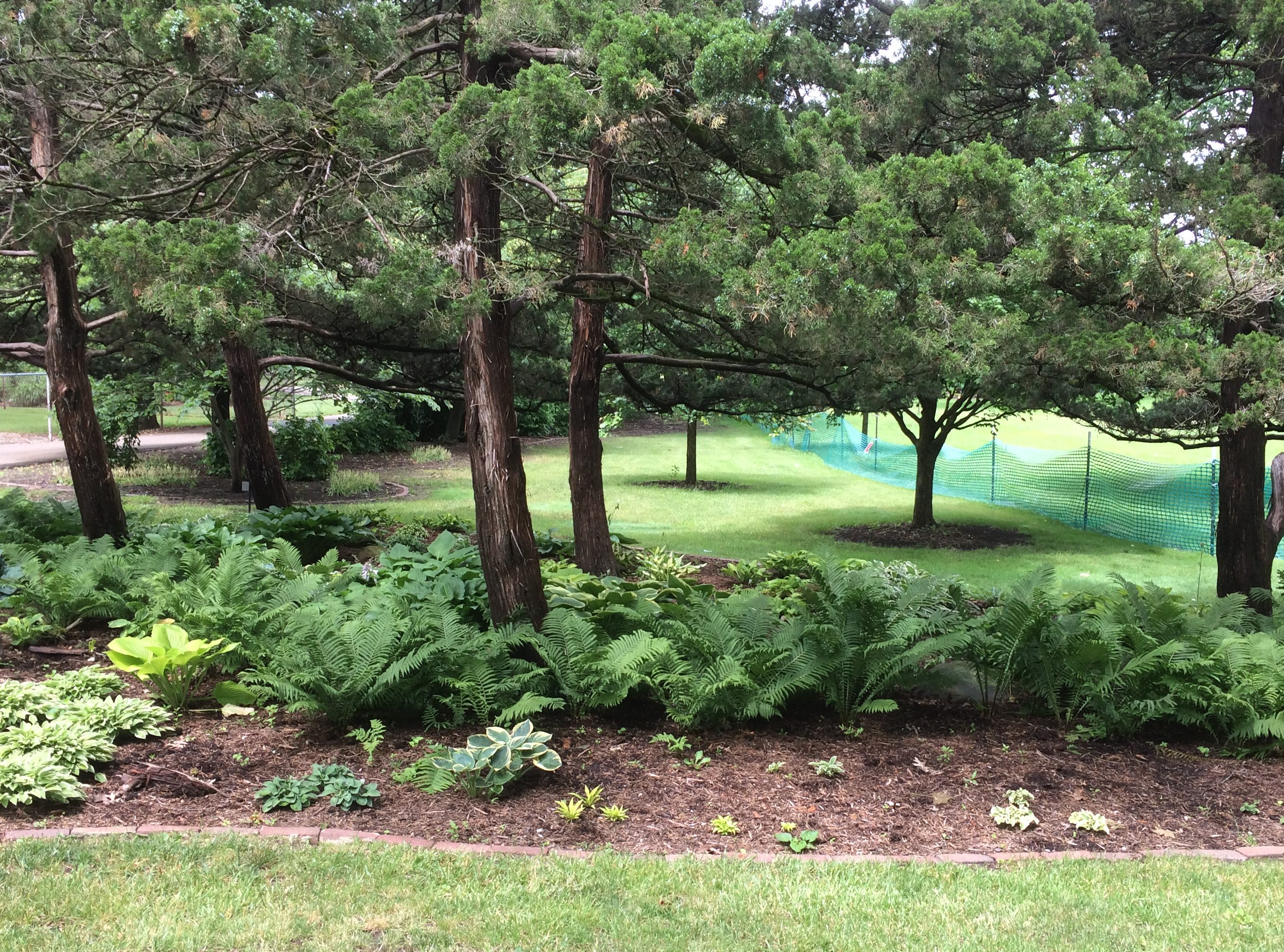
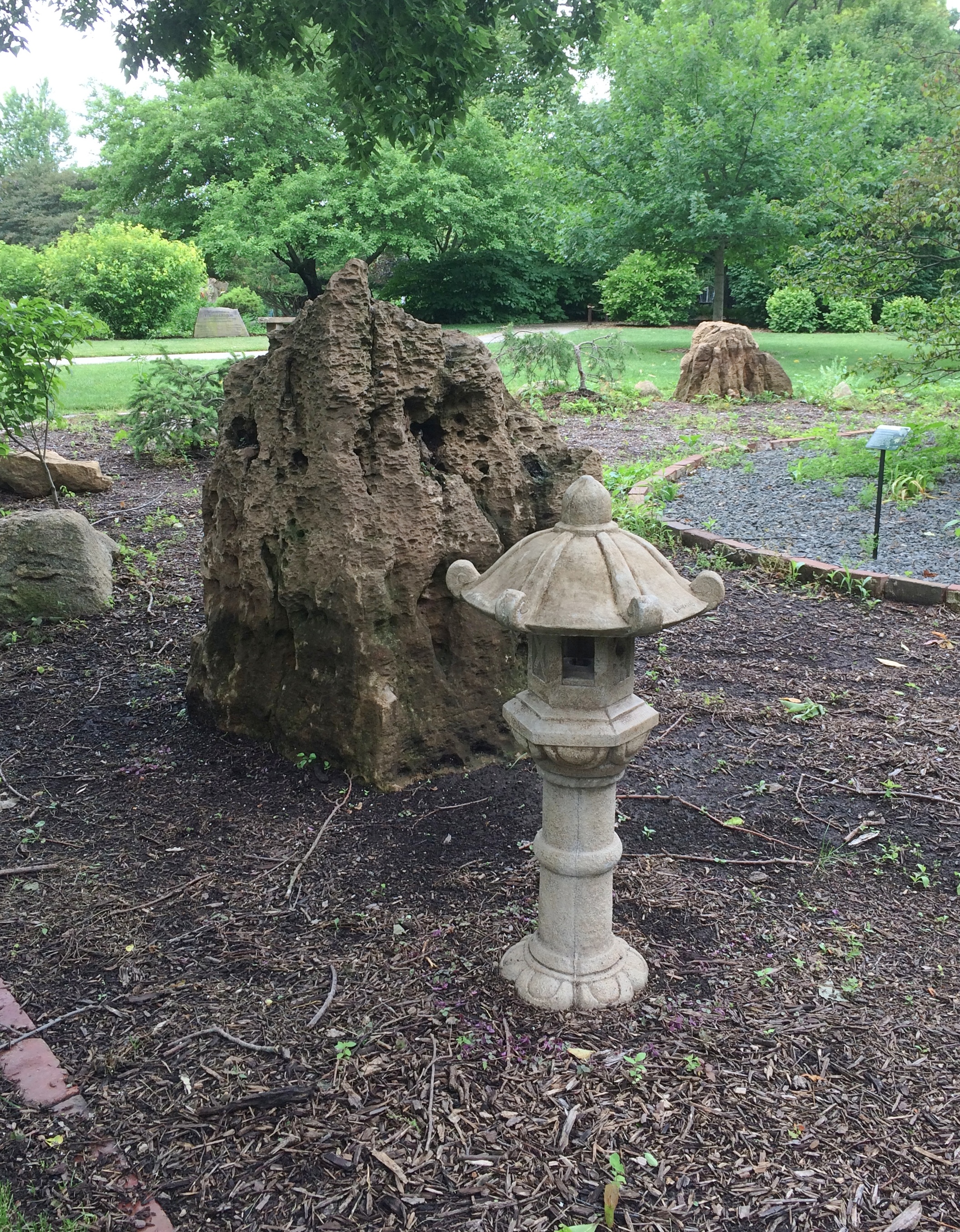
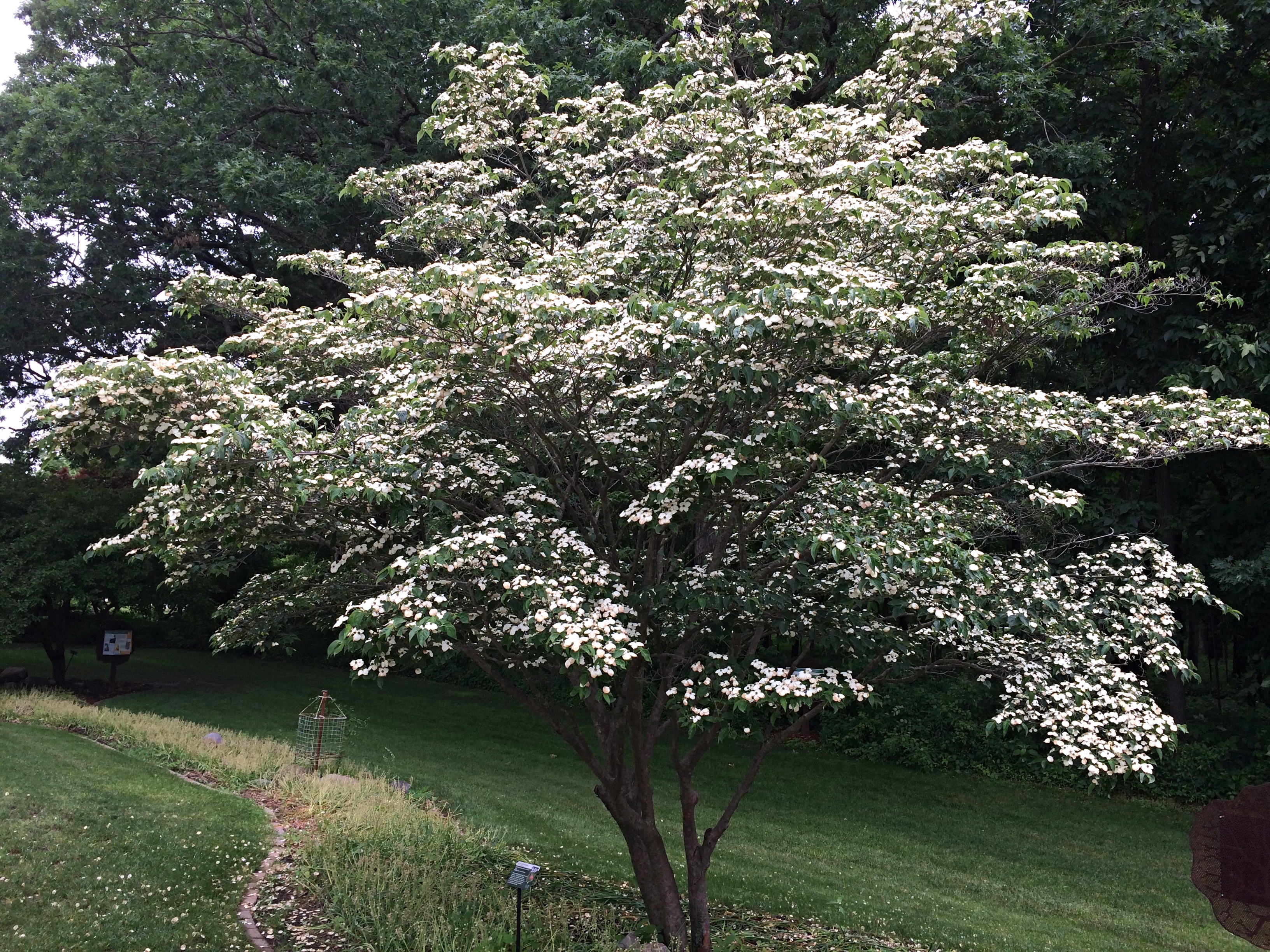

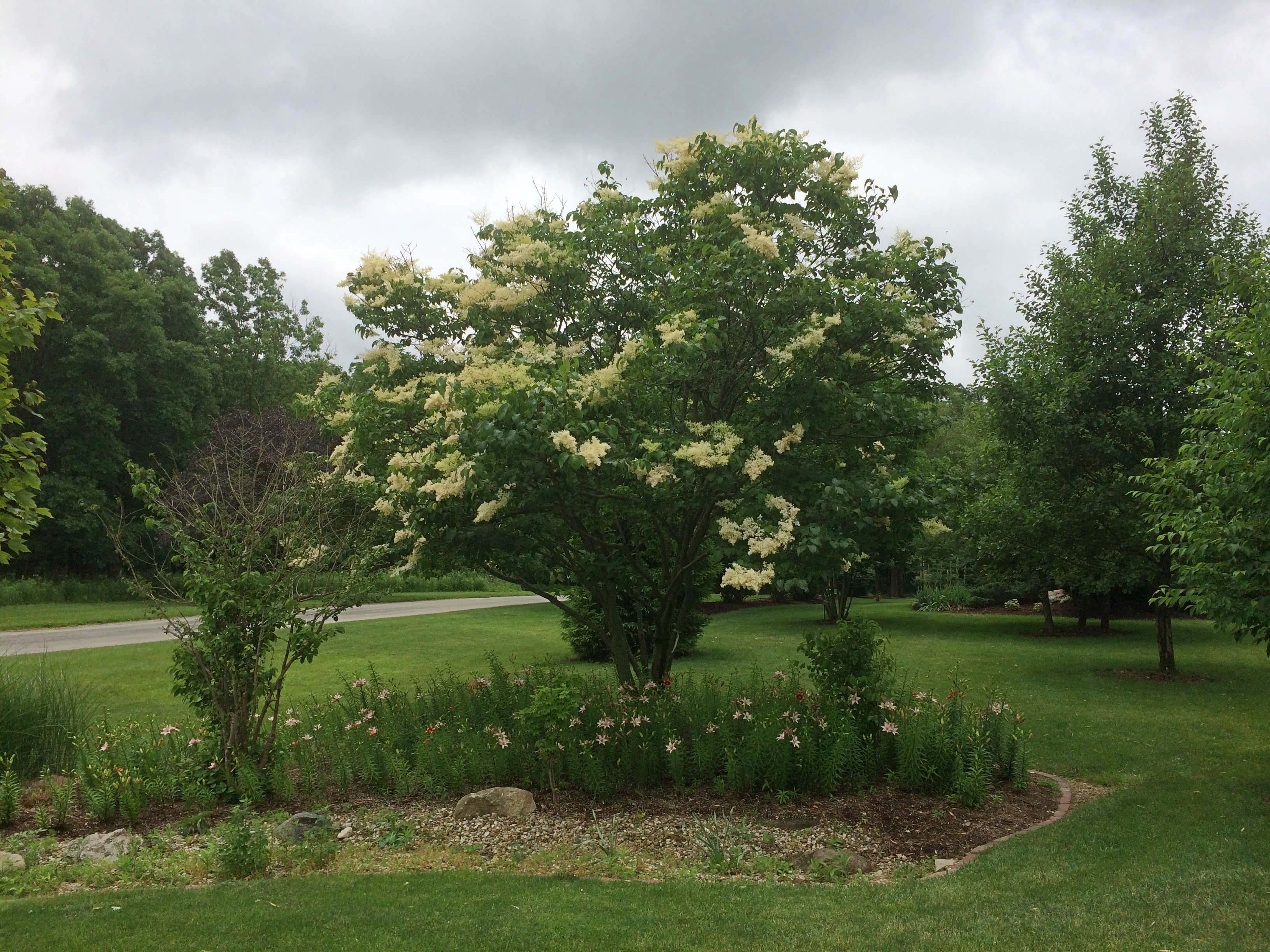
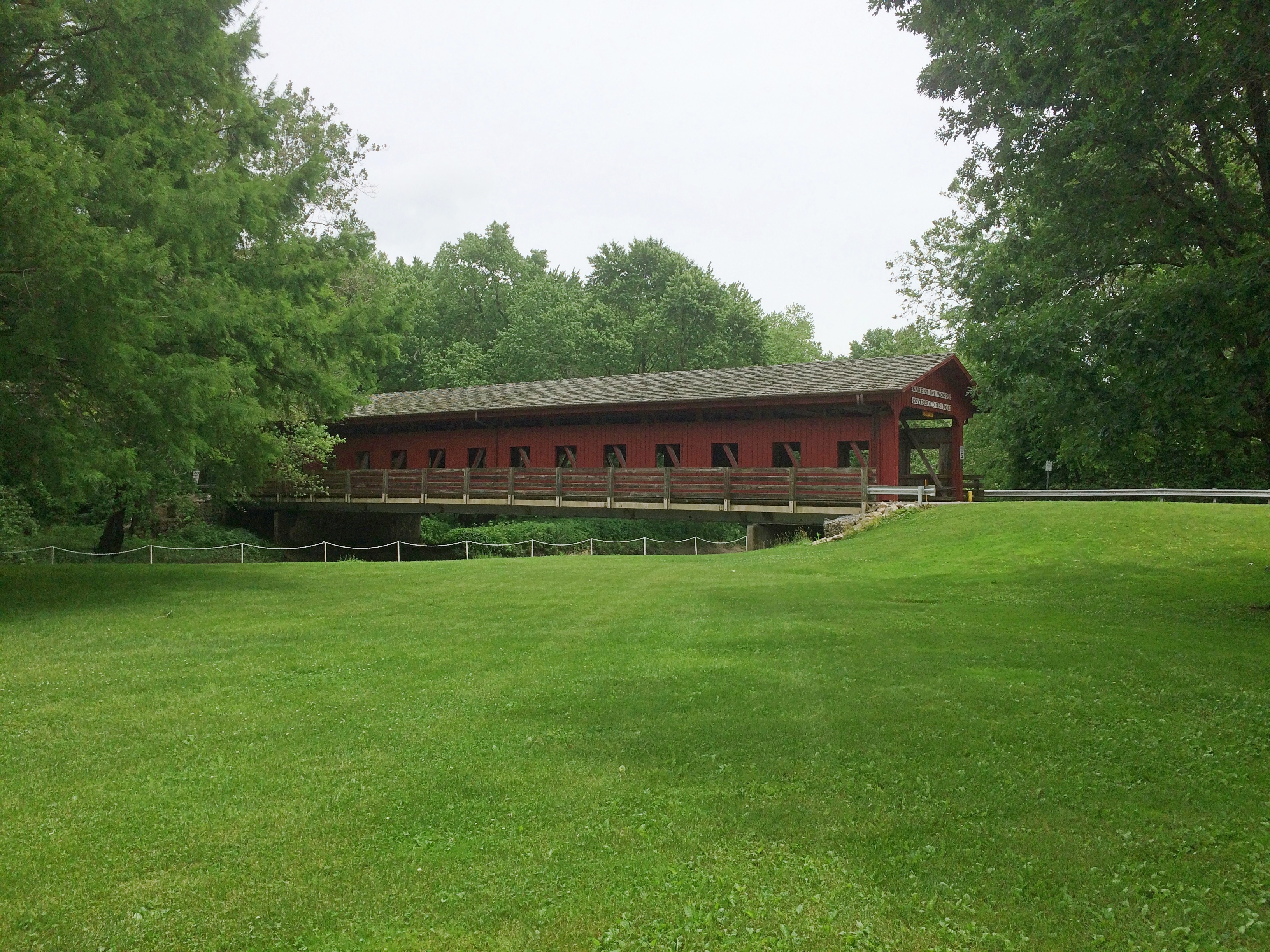
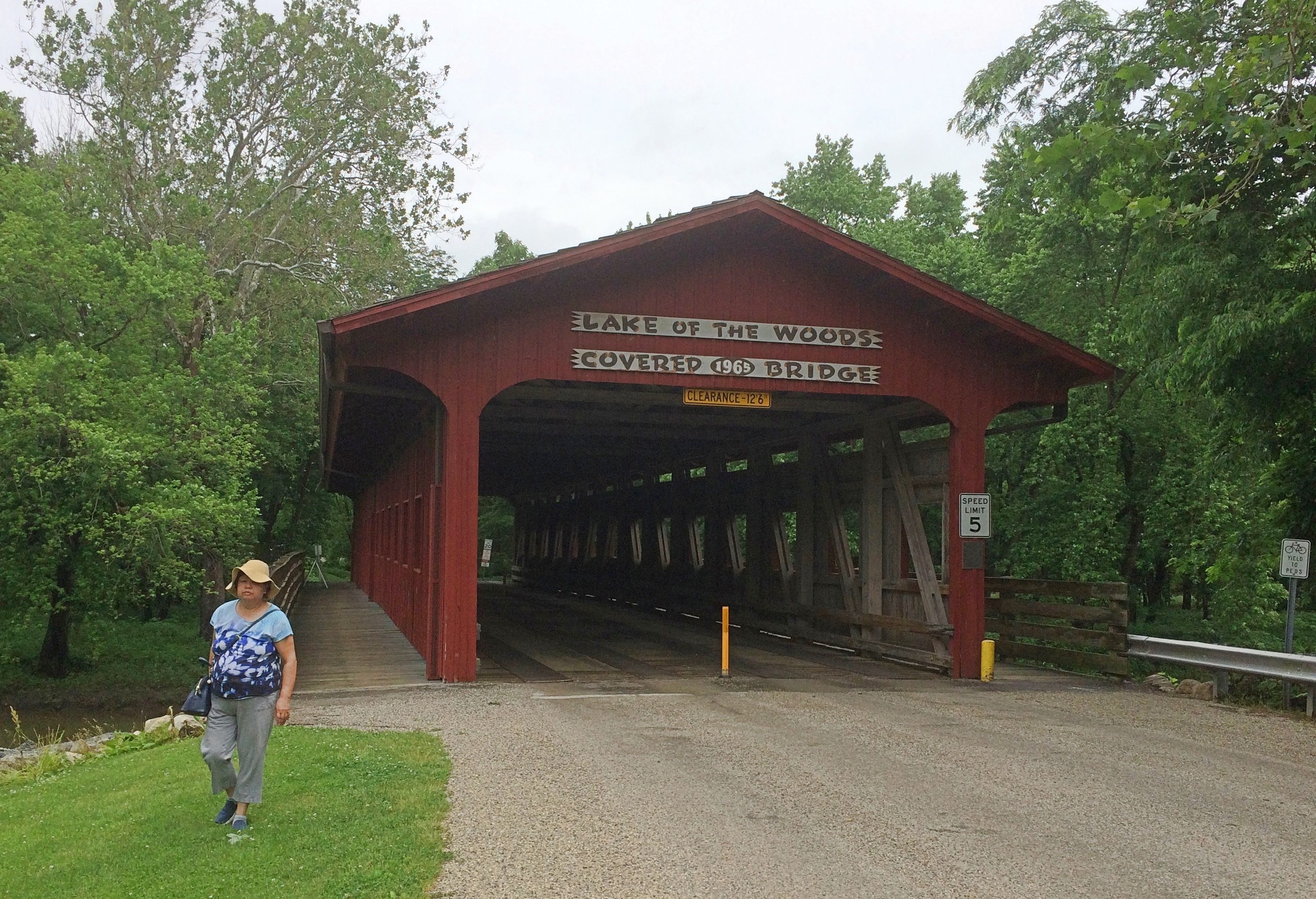
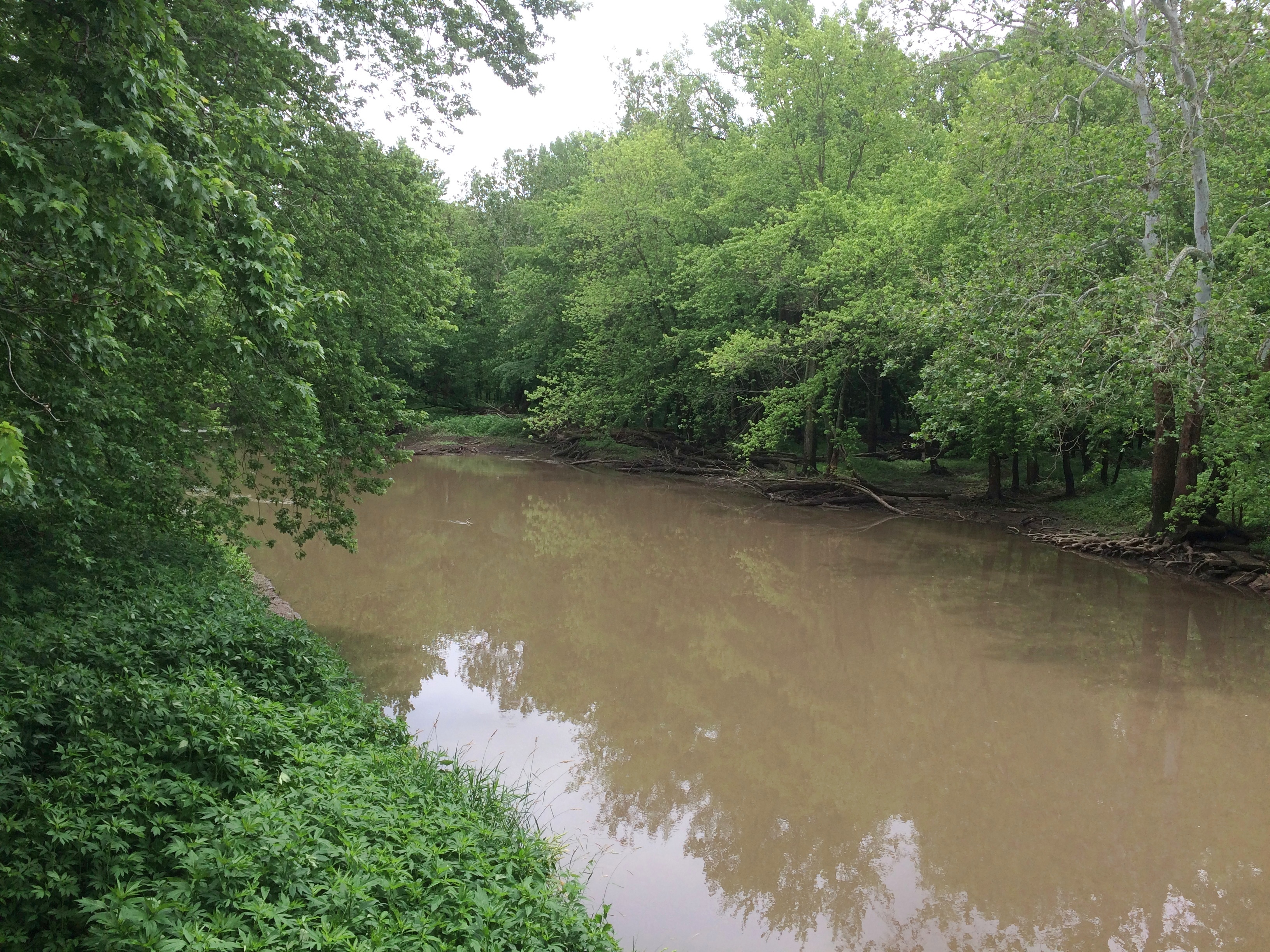








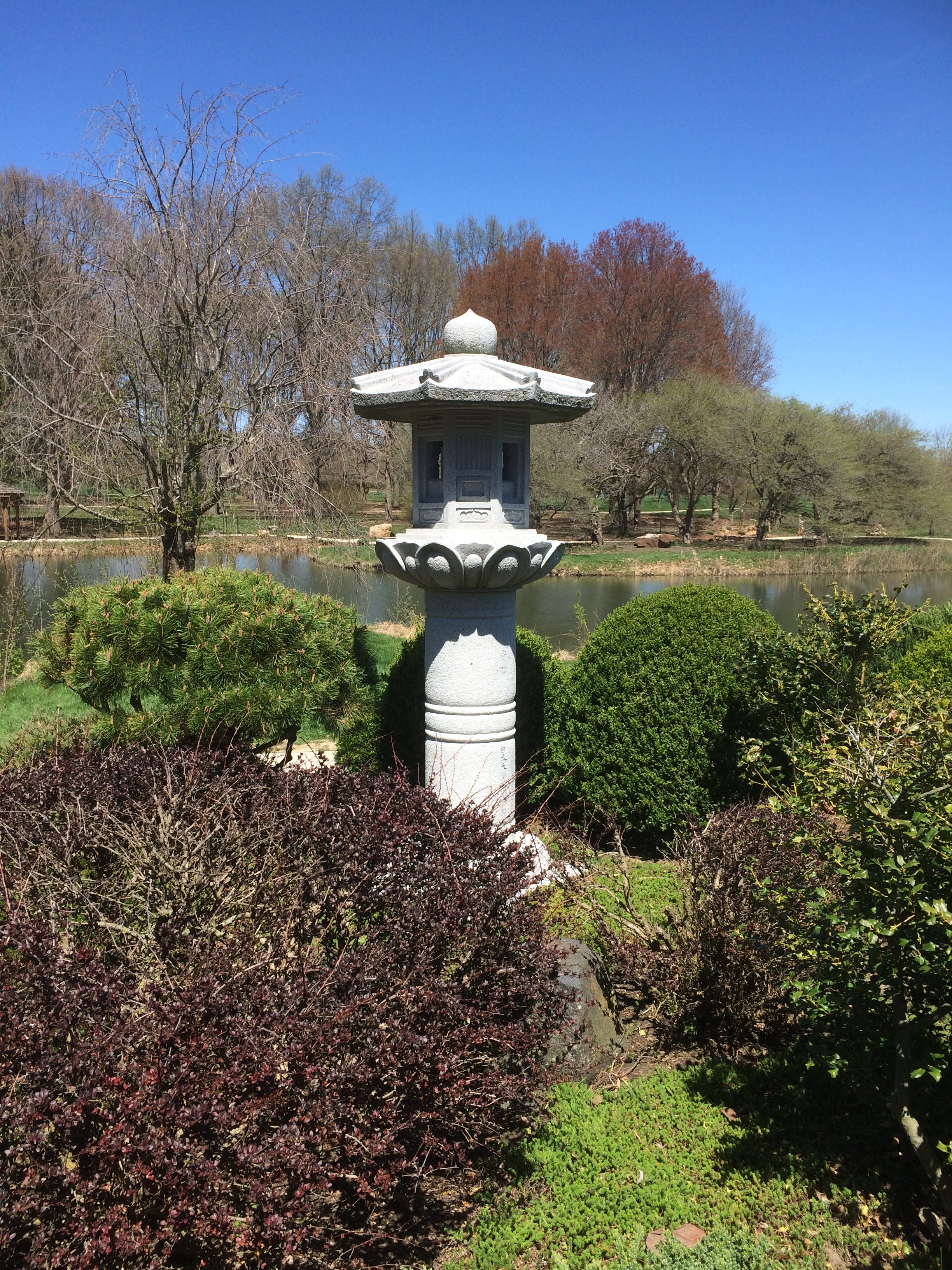


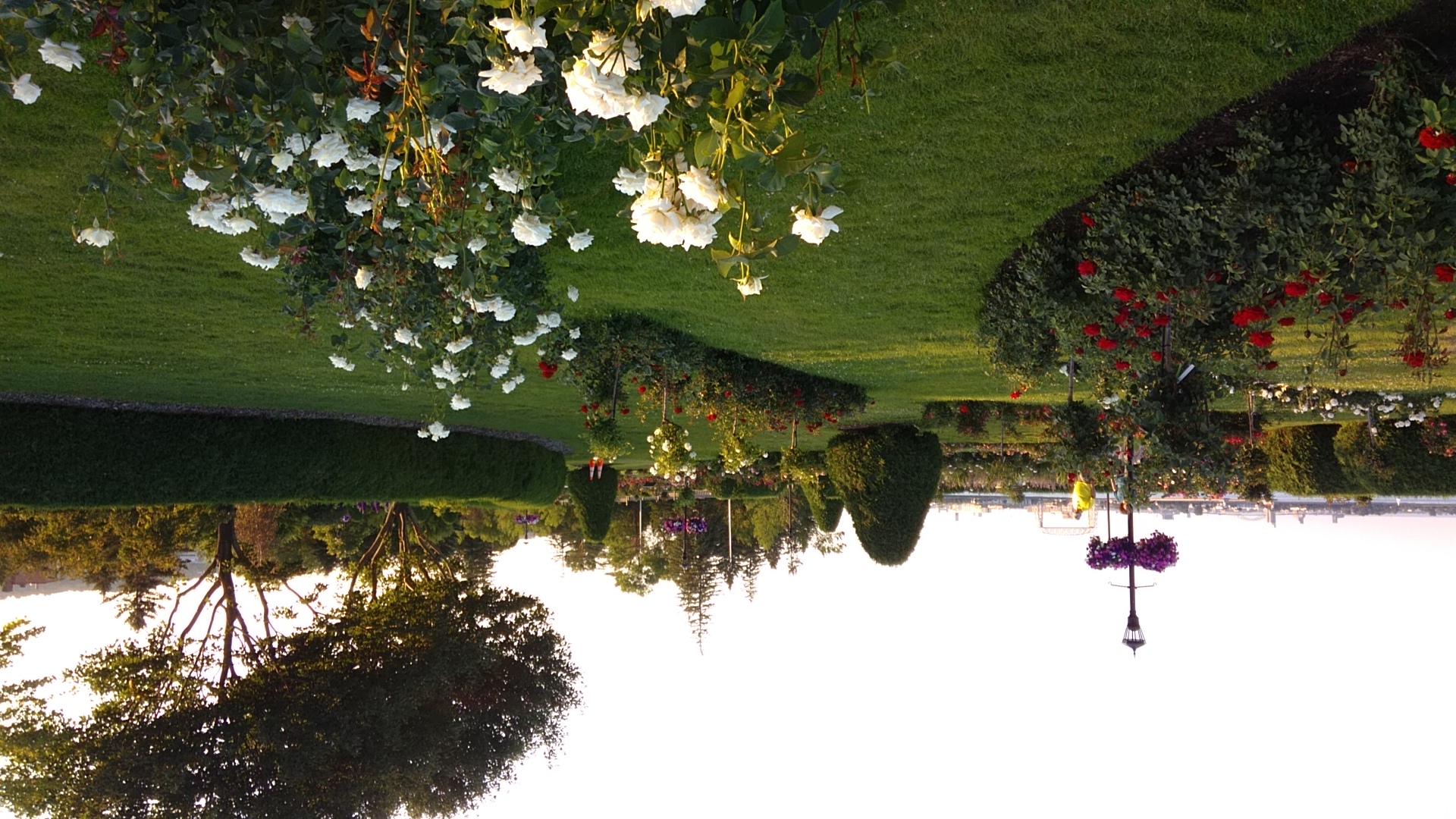
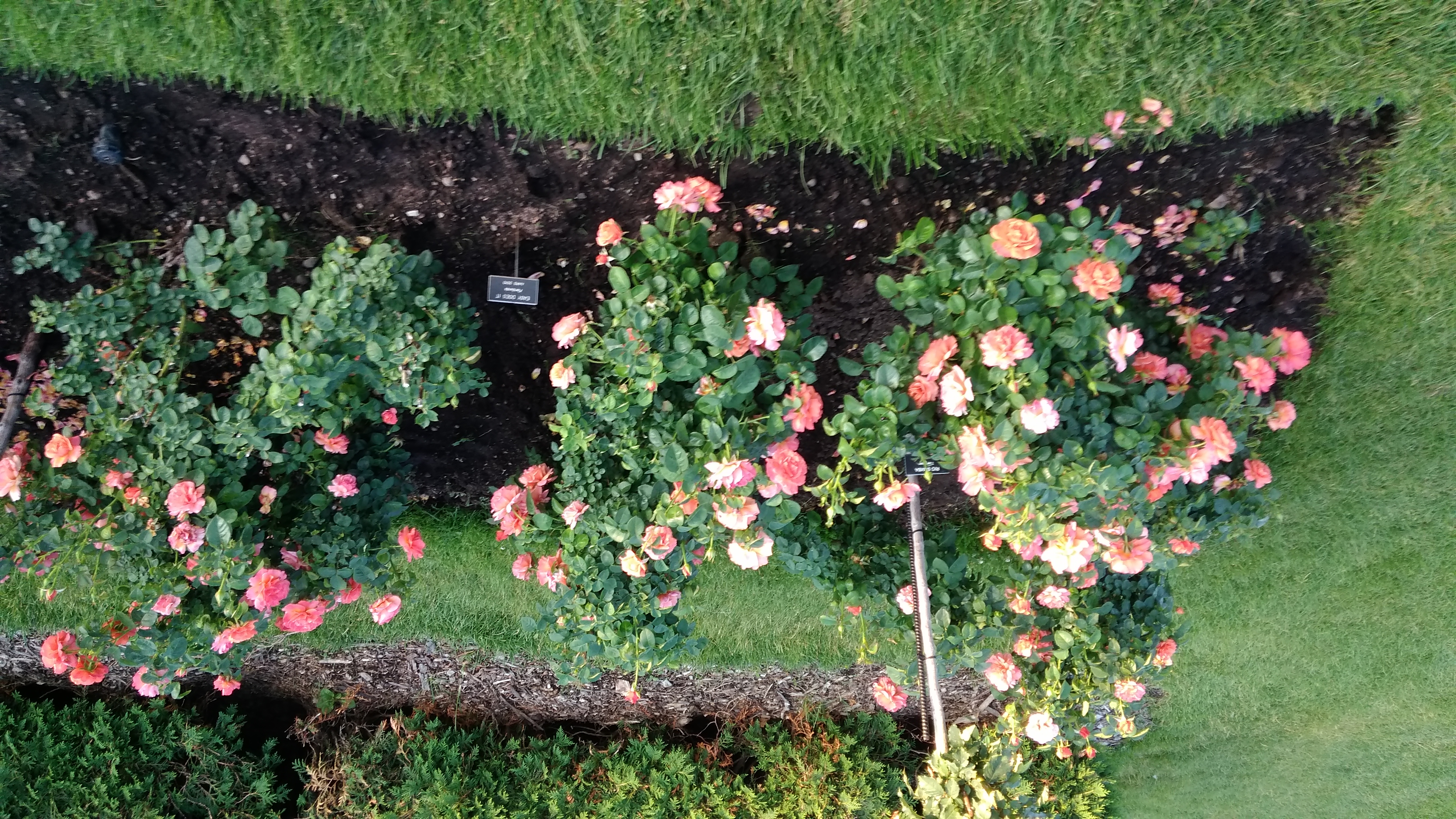
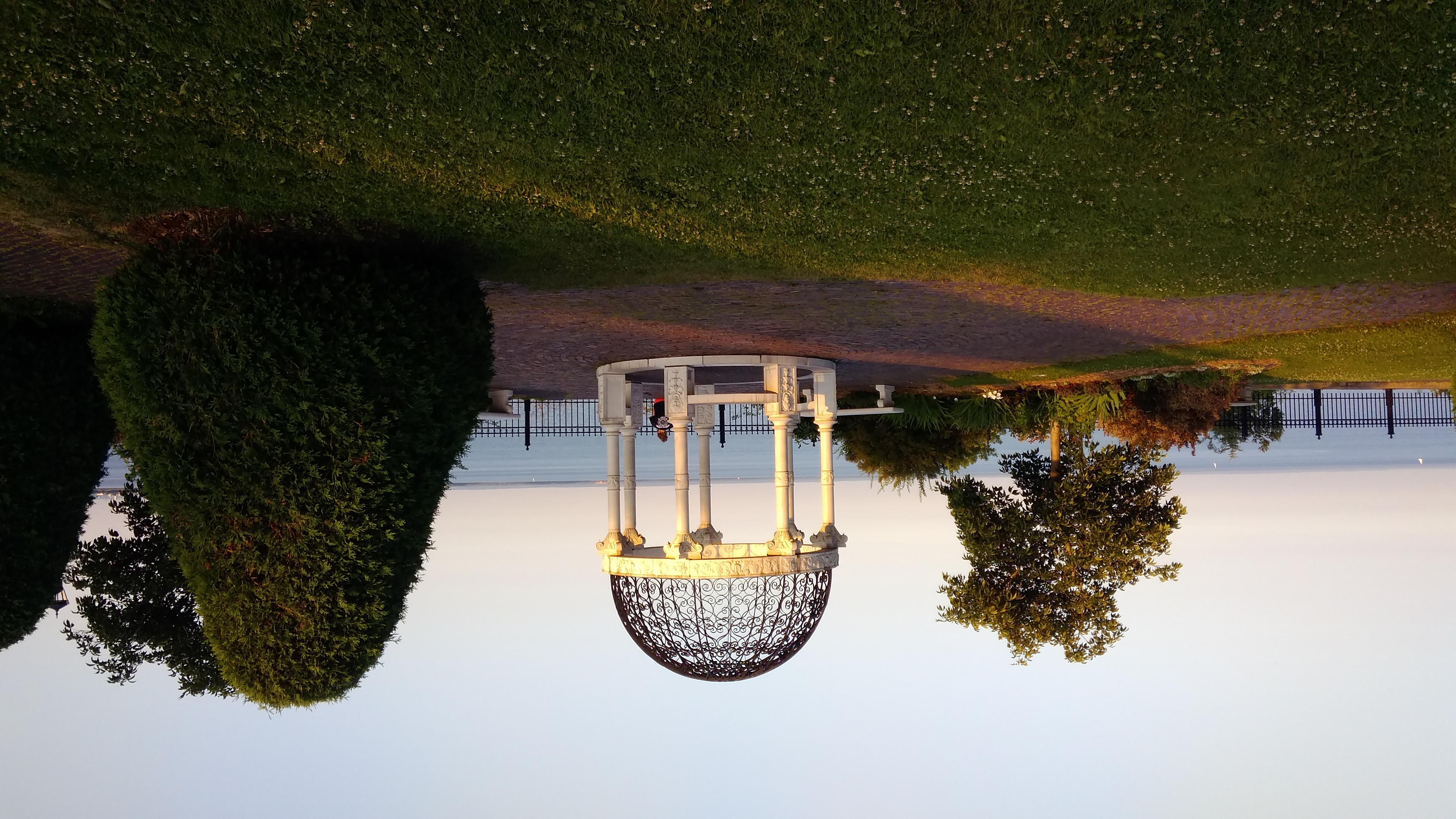 Good to see the garden’s gazebo. It has a nice view of Lake Superior. That’s what this country needs, more public gazebos.
Good to see the garden’s gazebo. It has a nice view of Lake Superior. That’s what this country needs, more public gazebos.